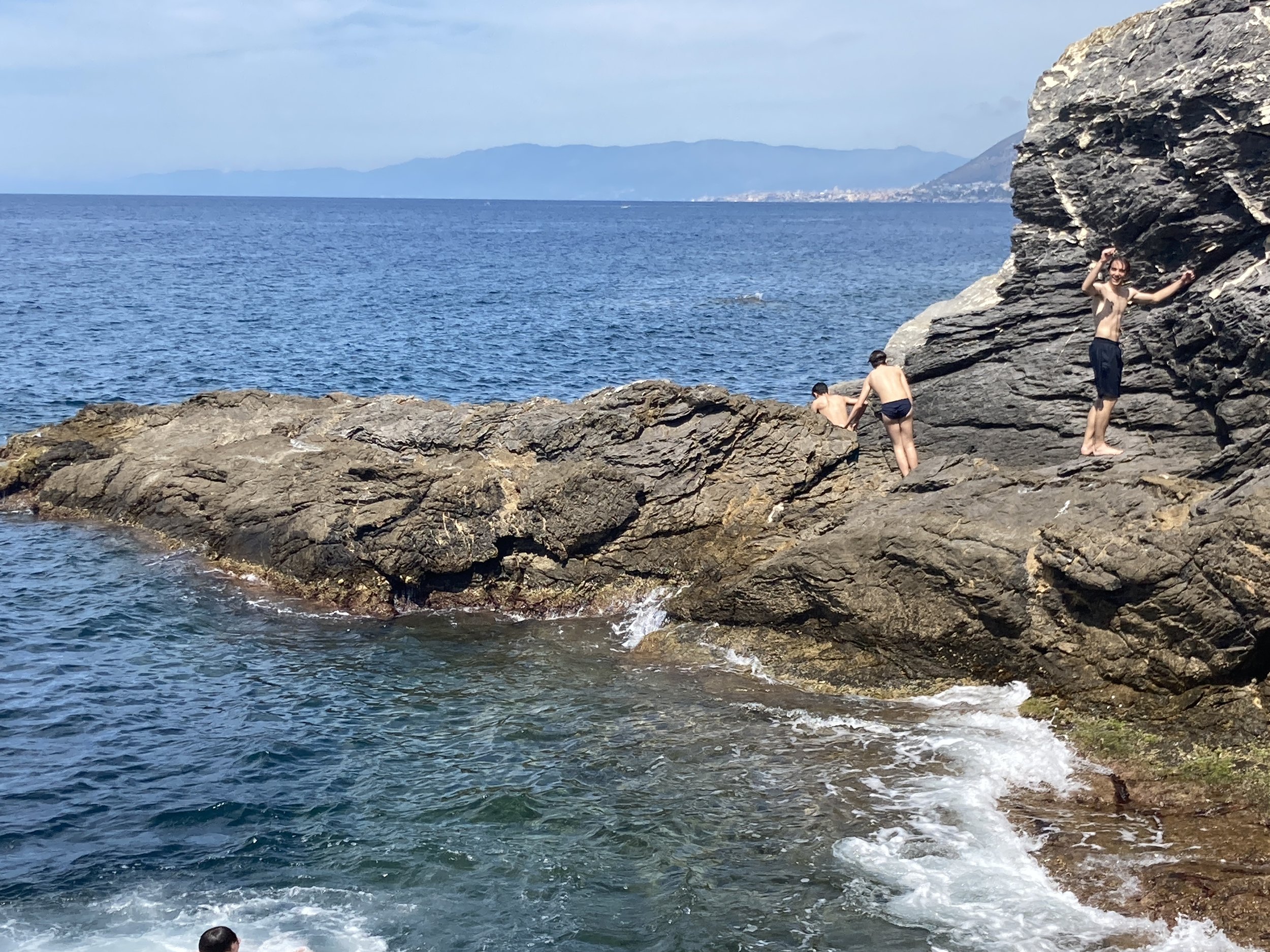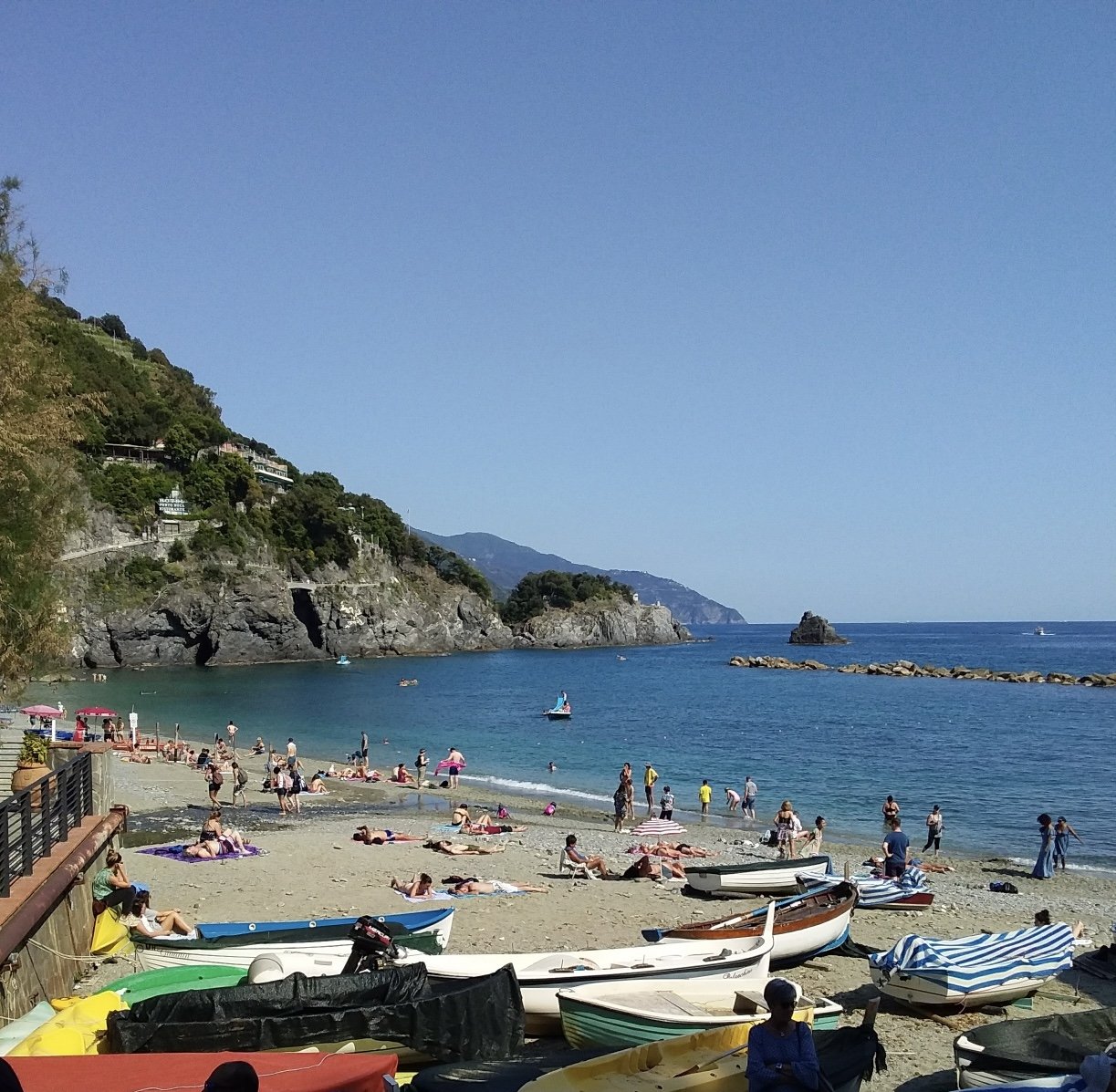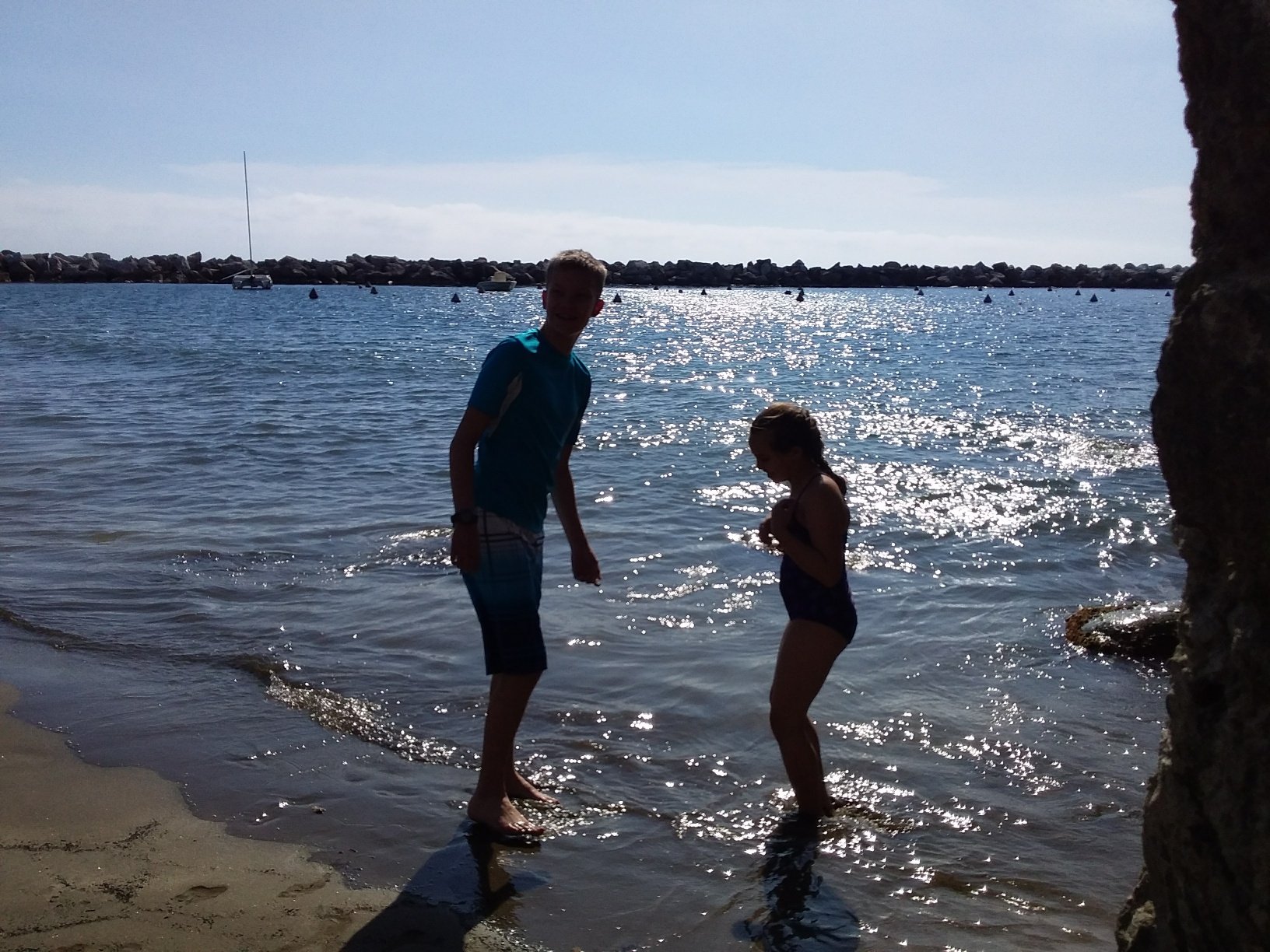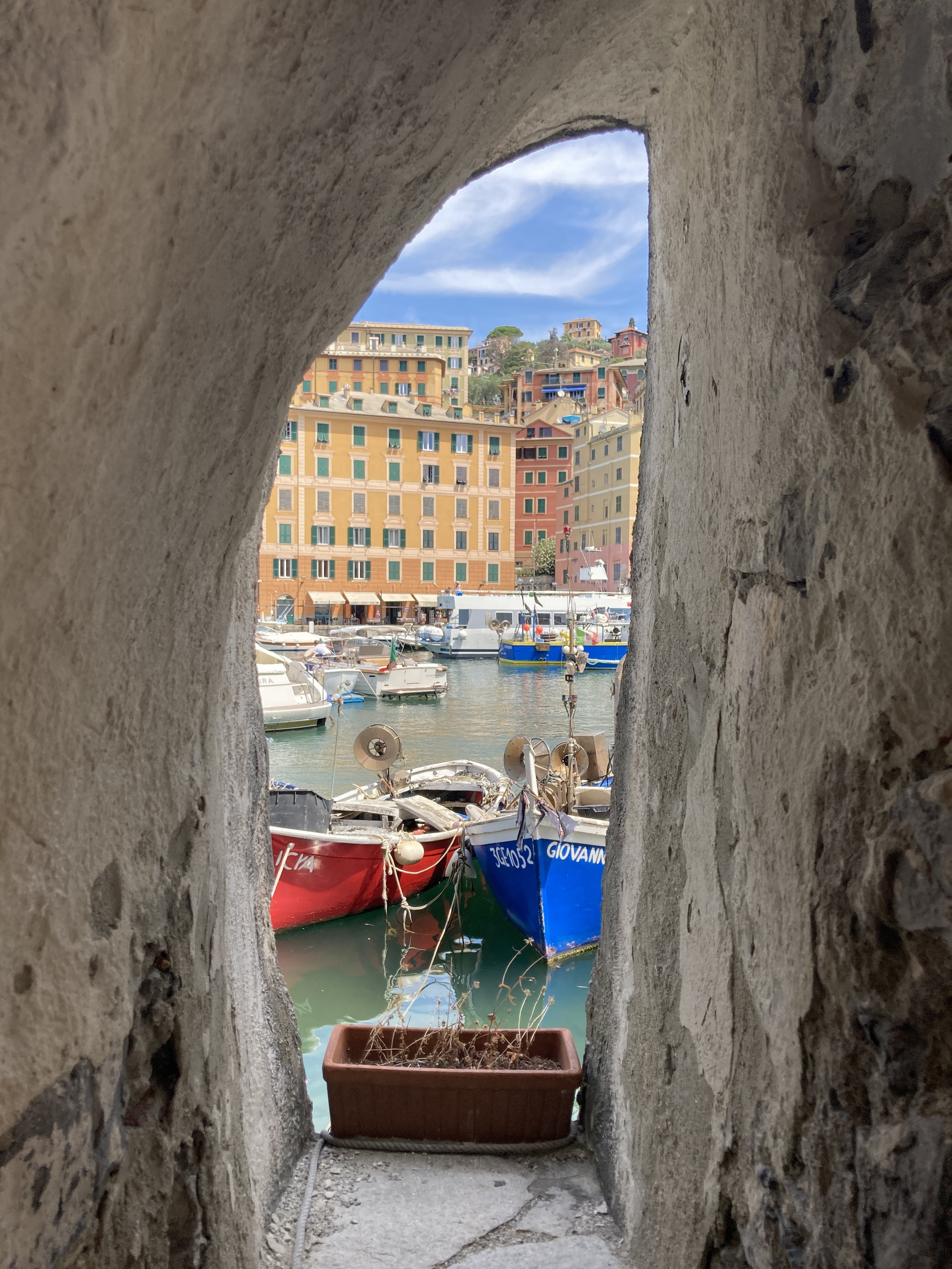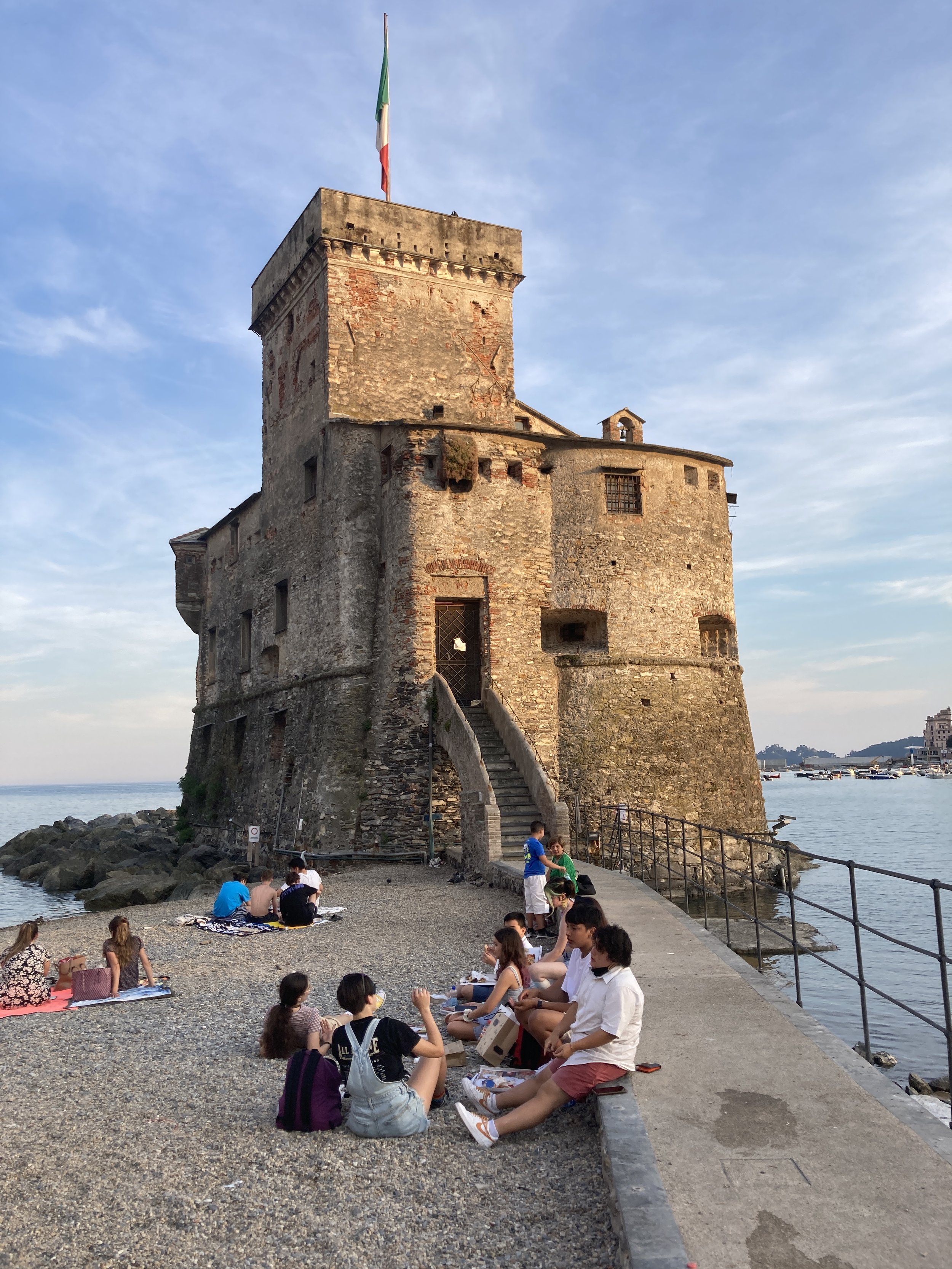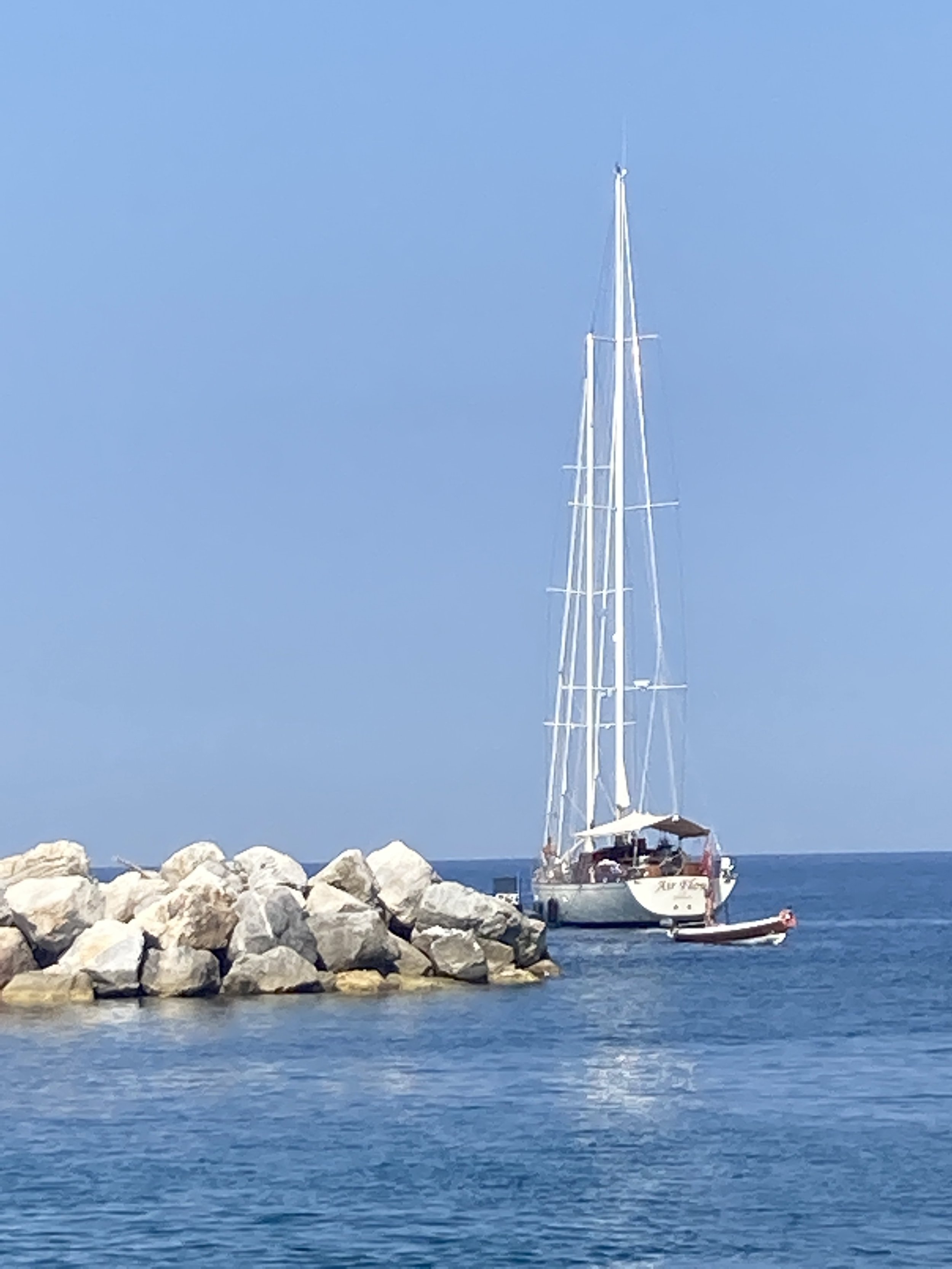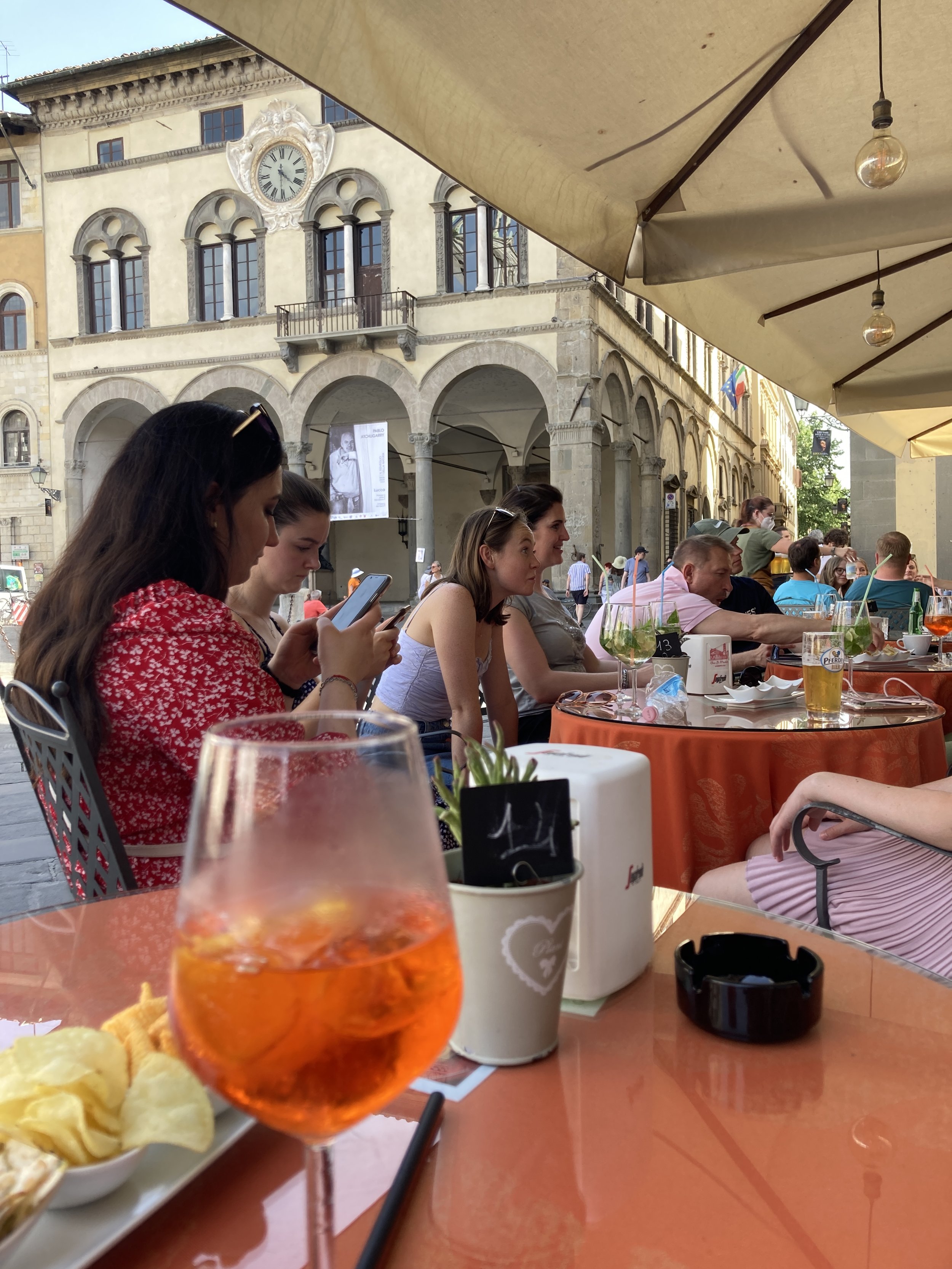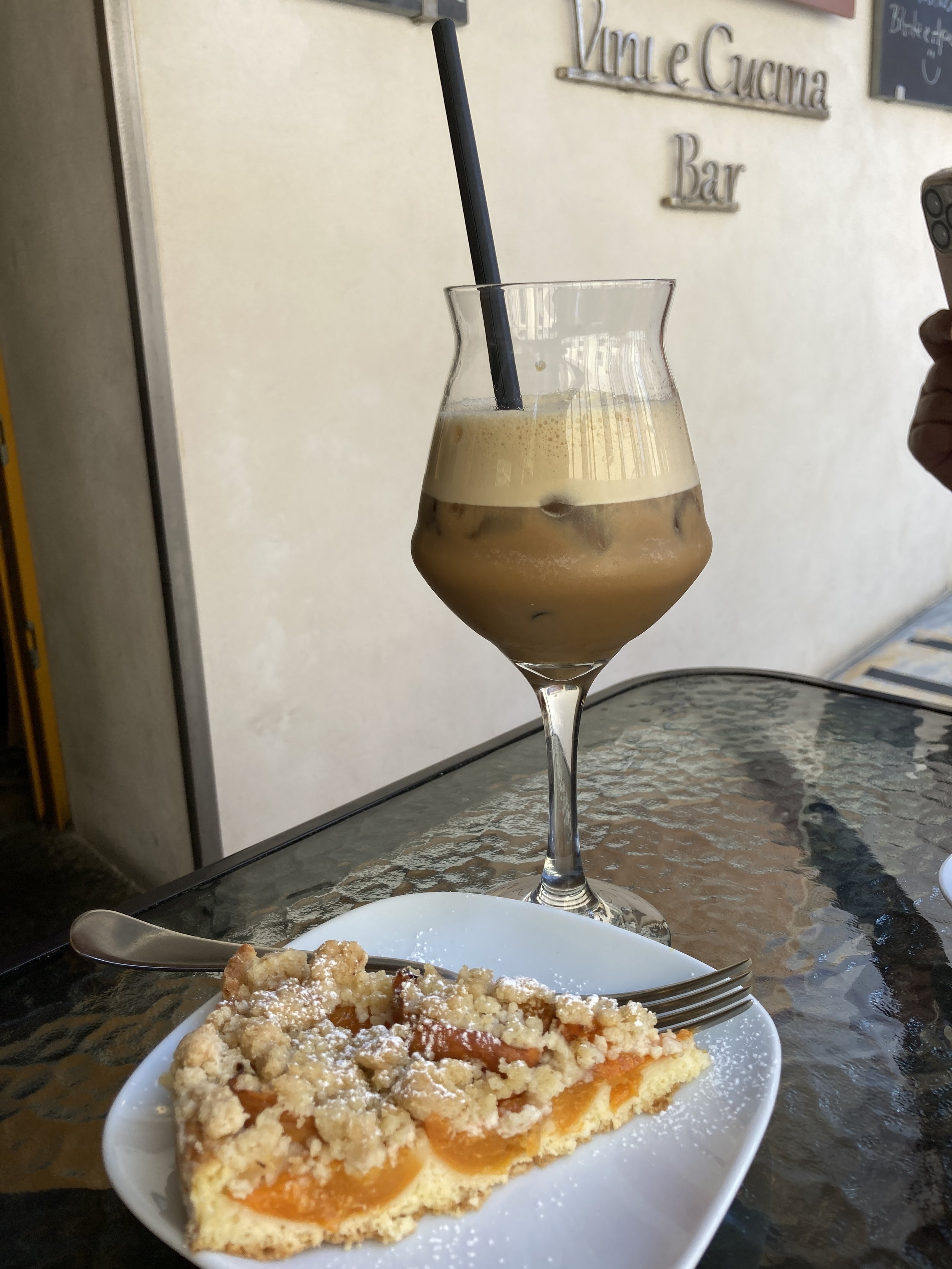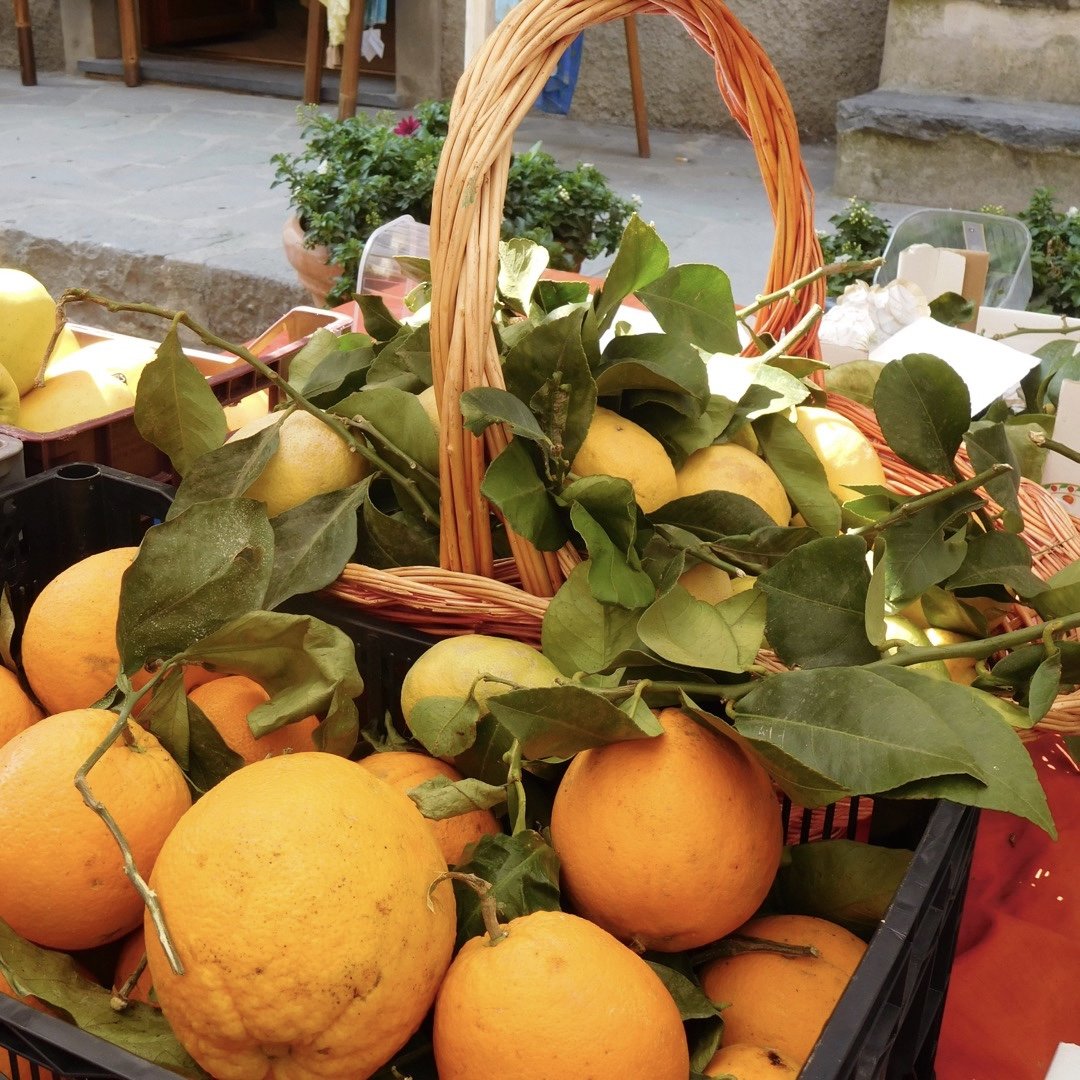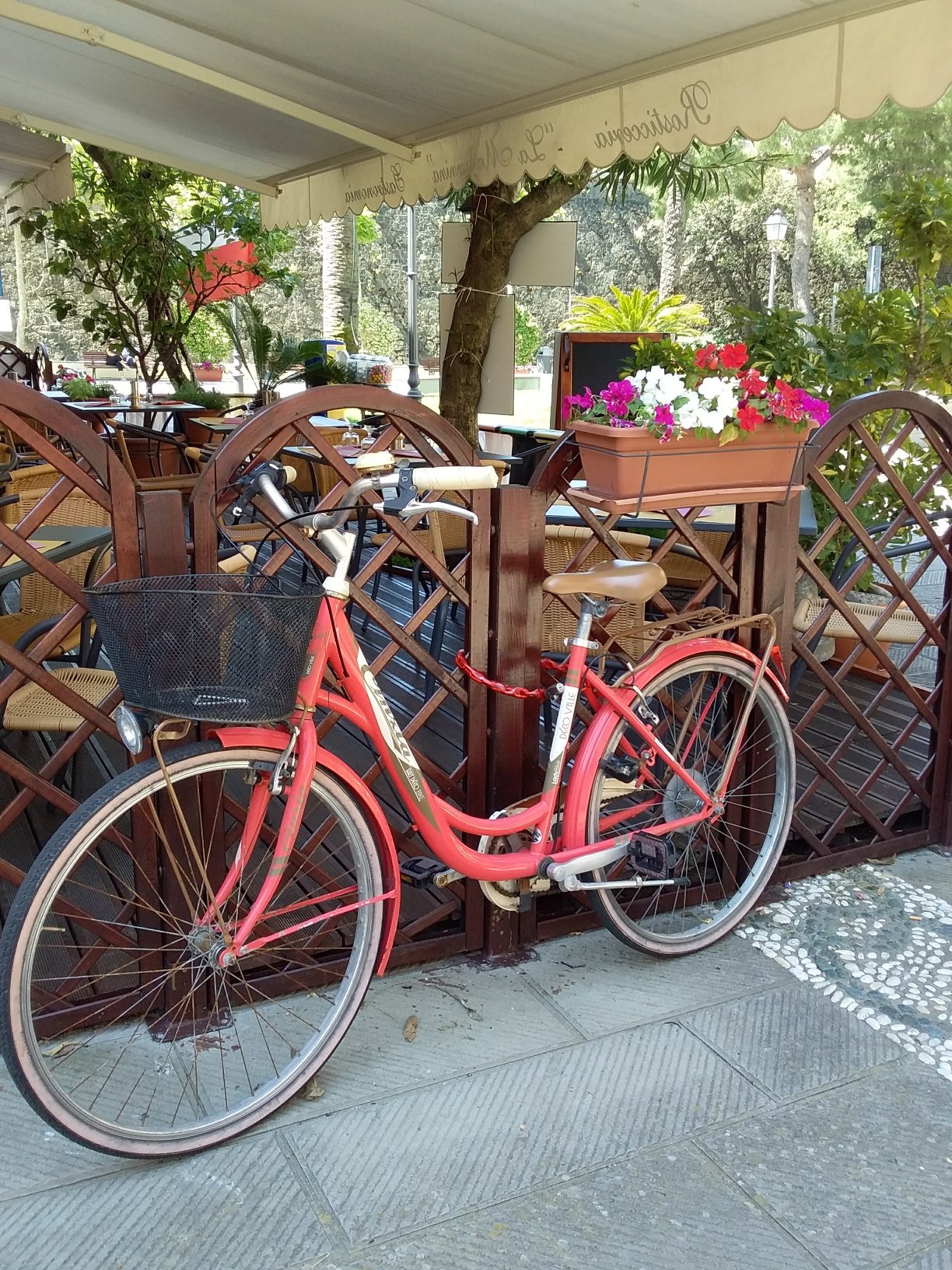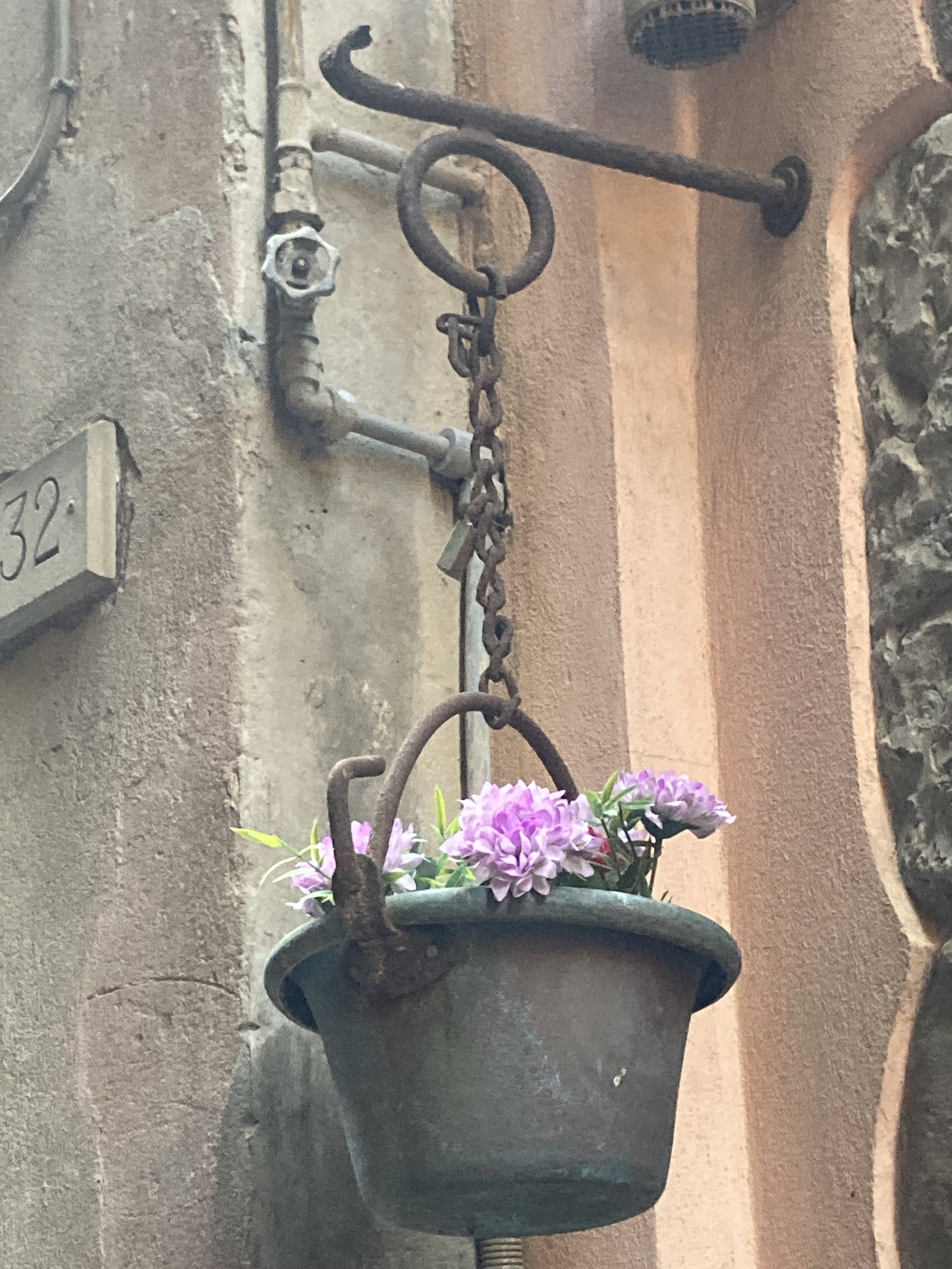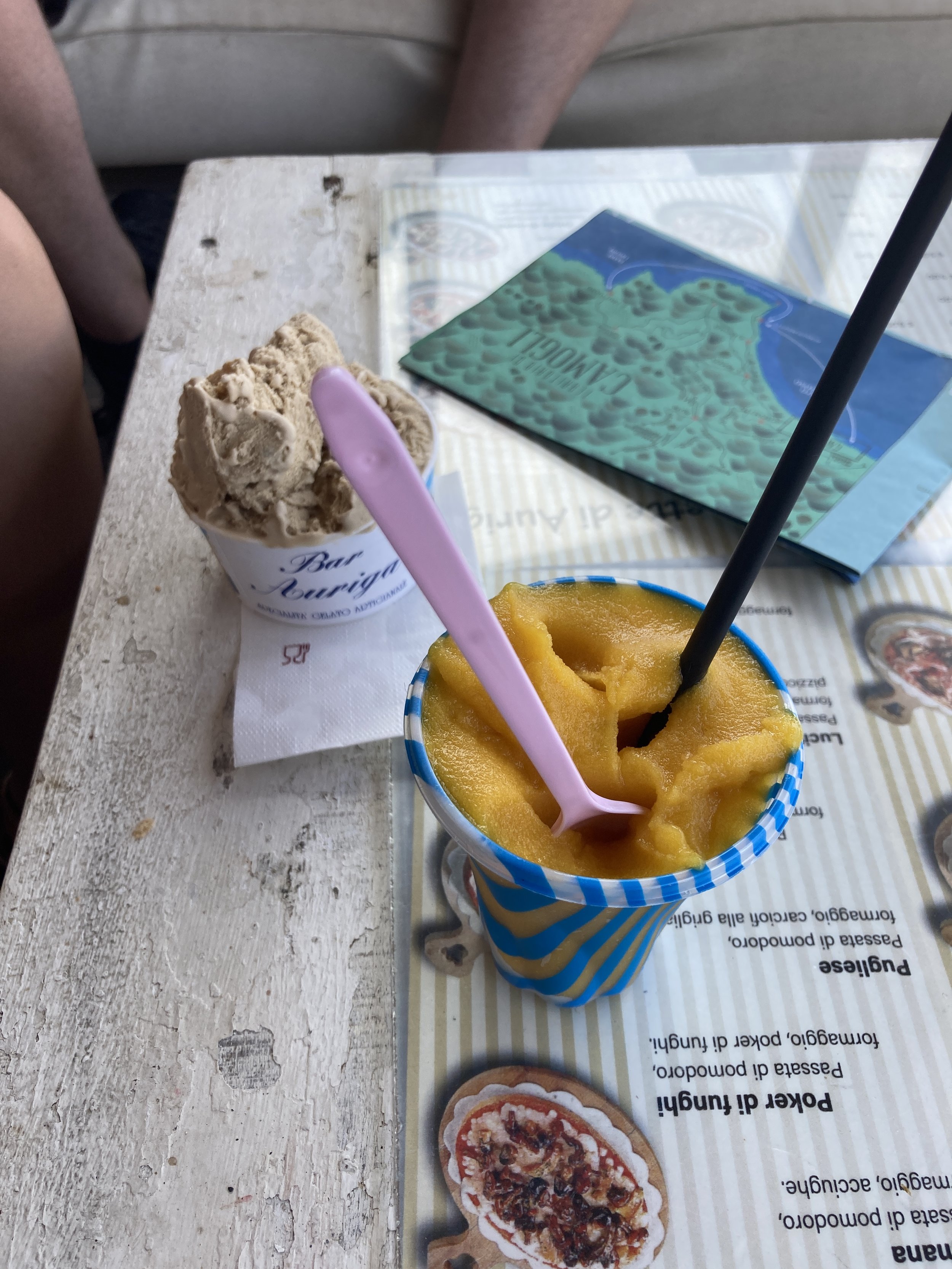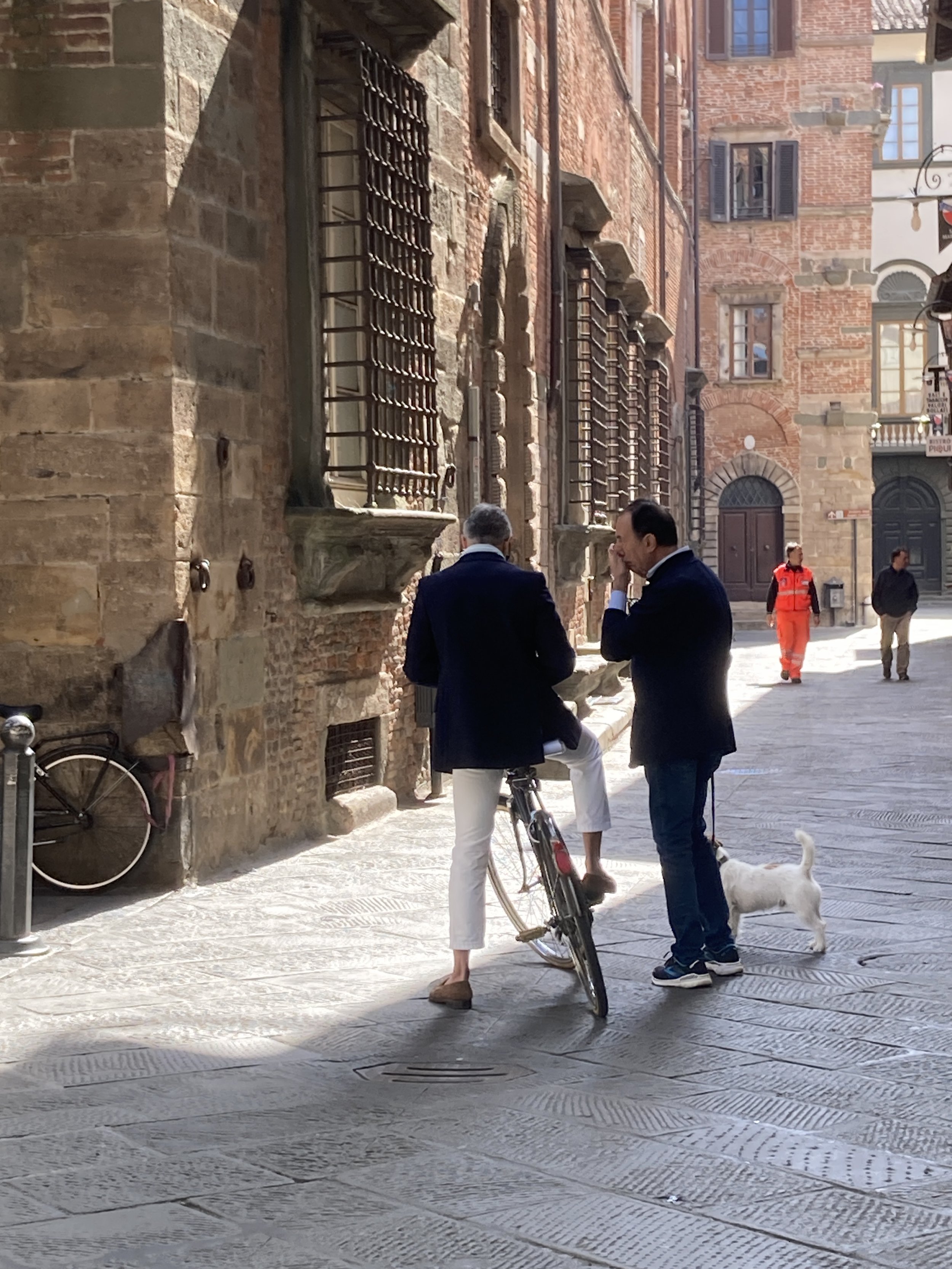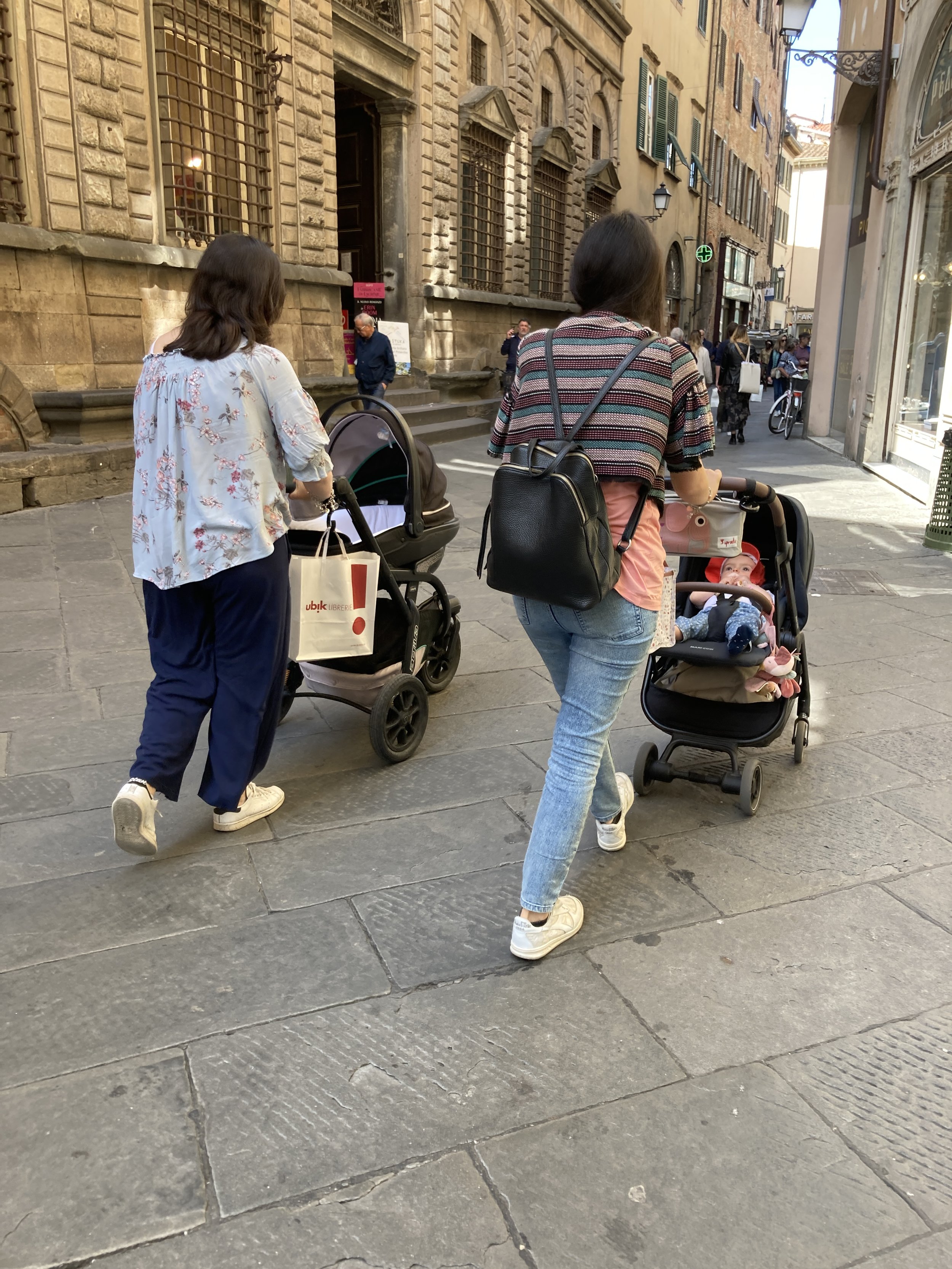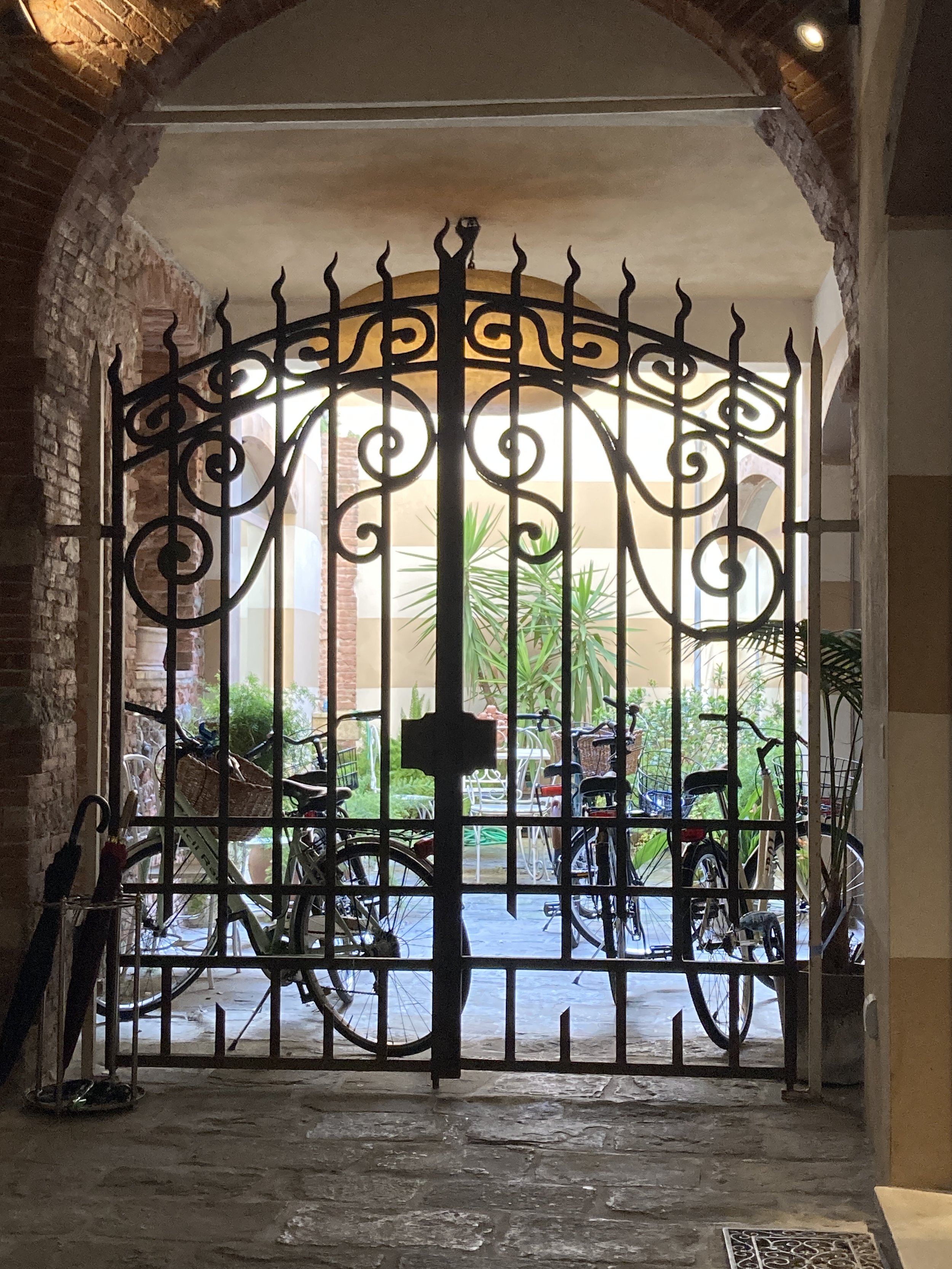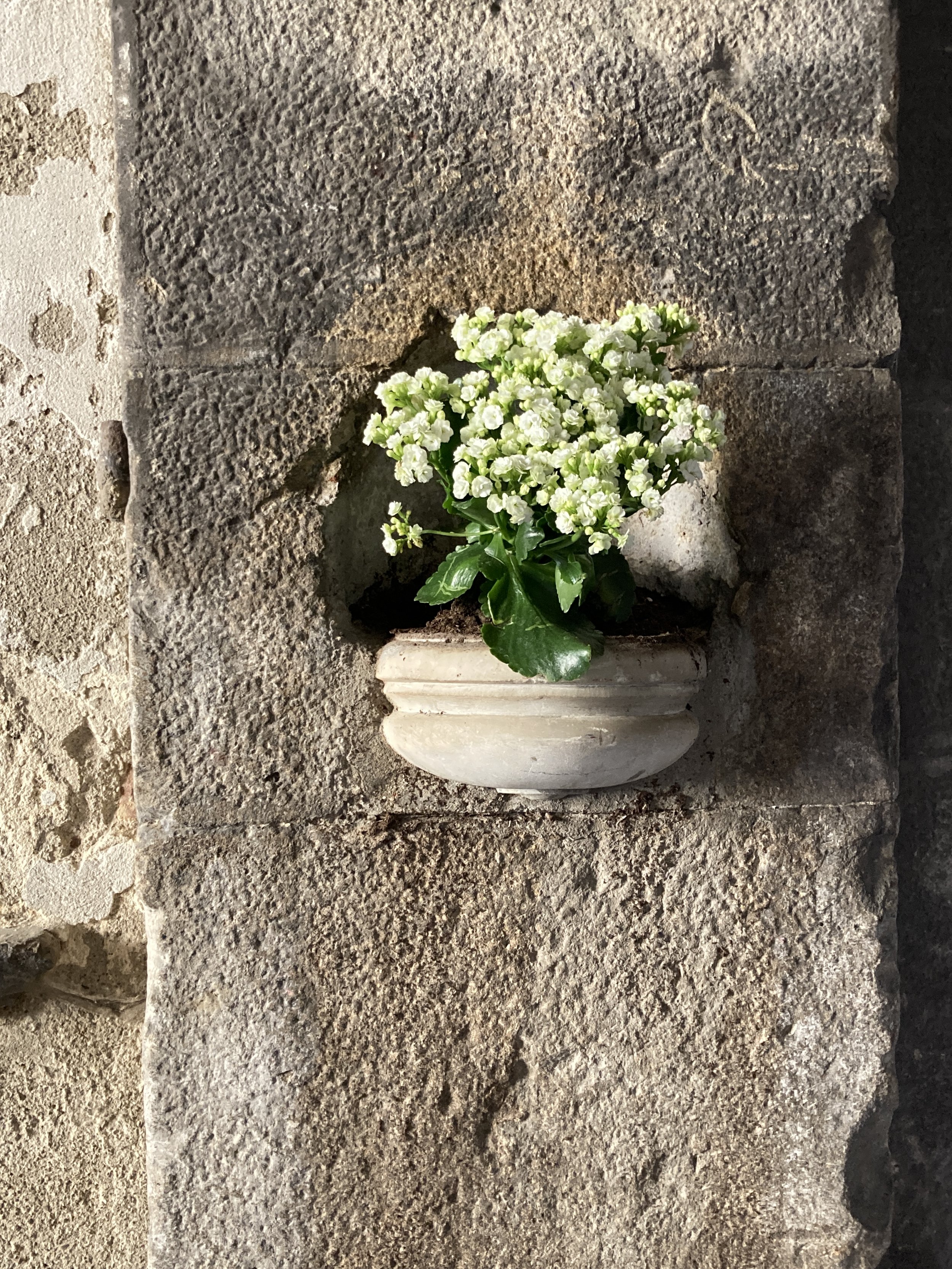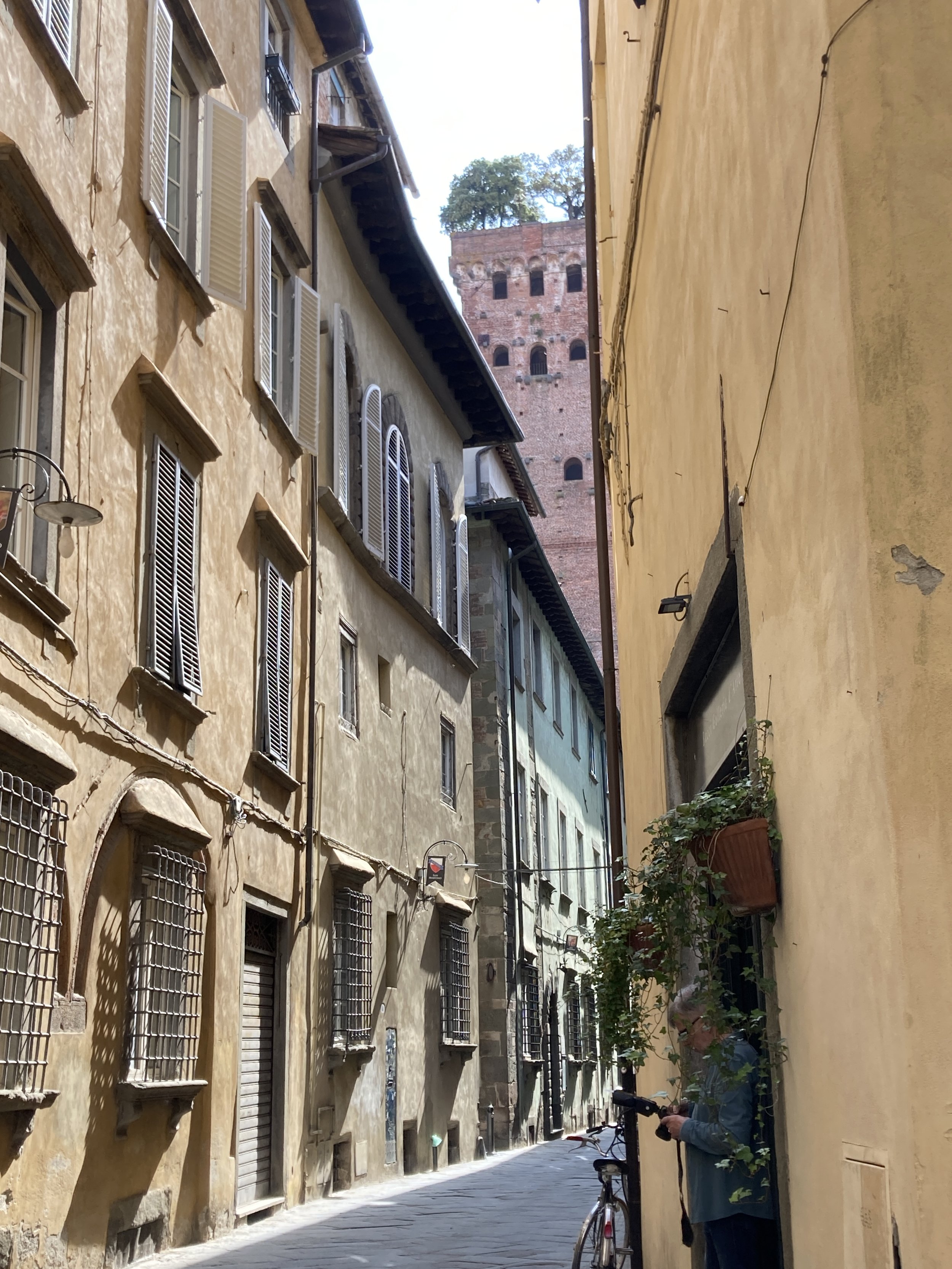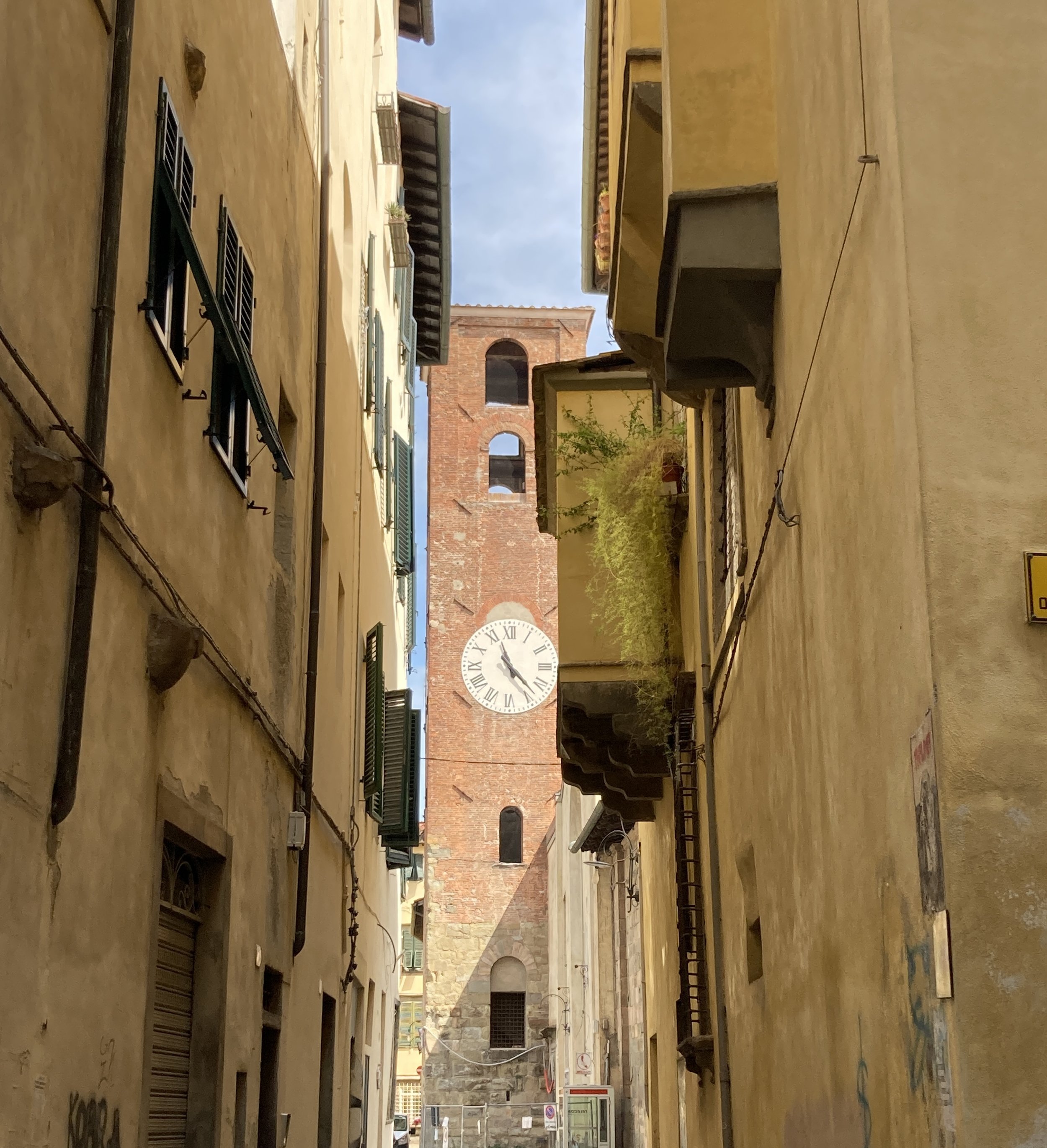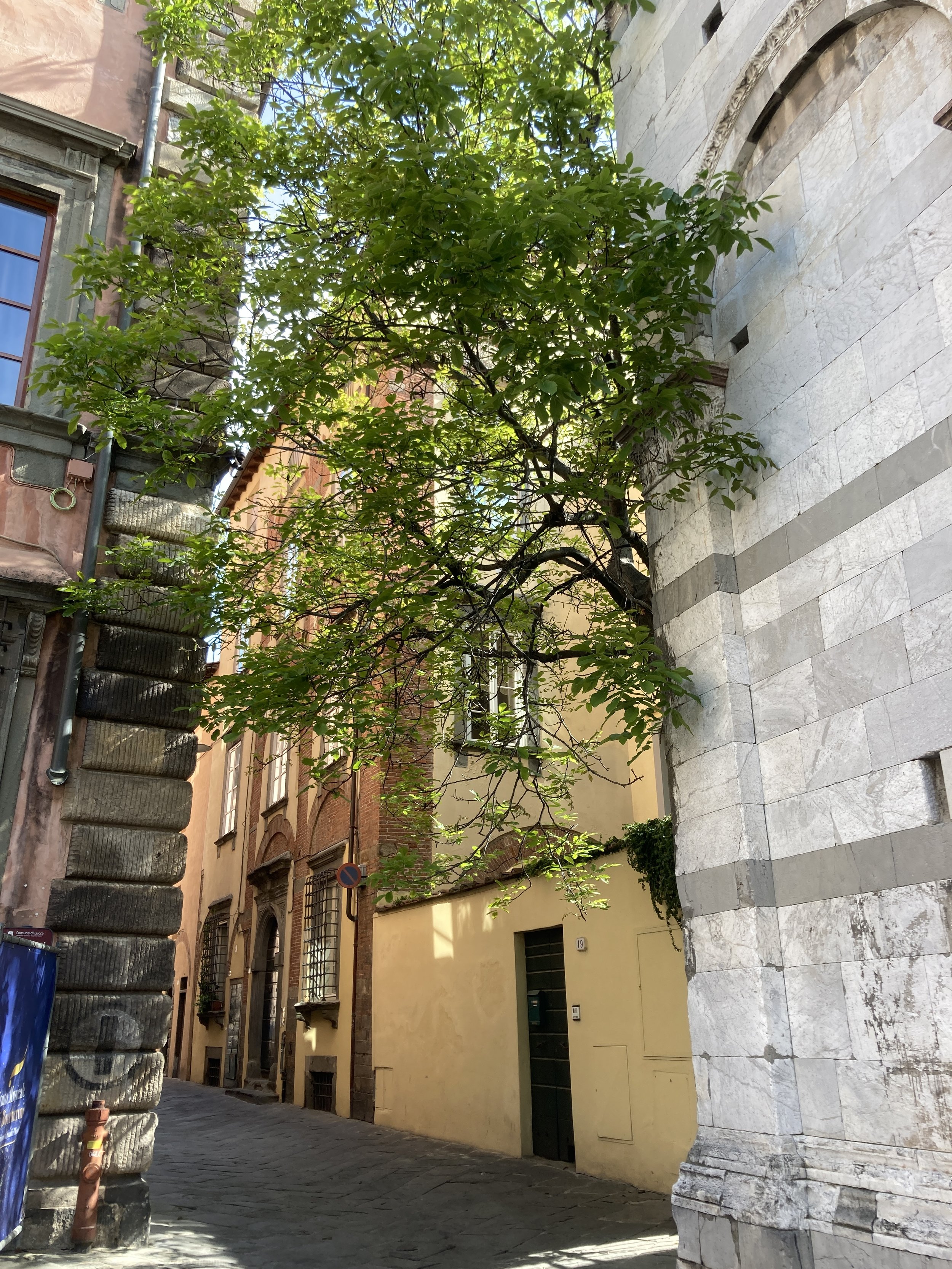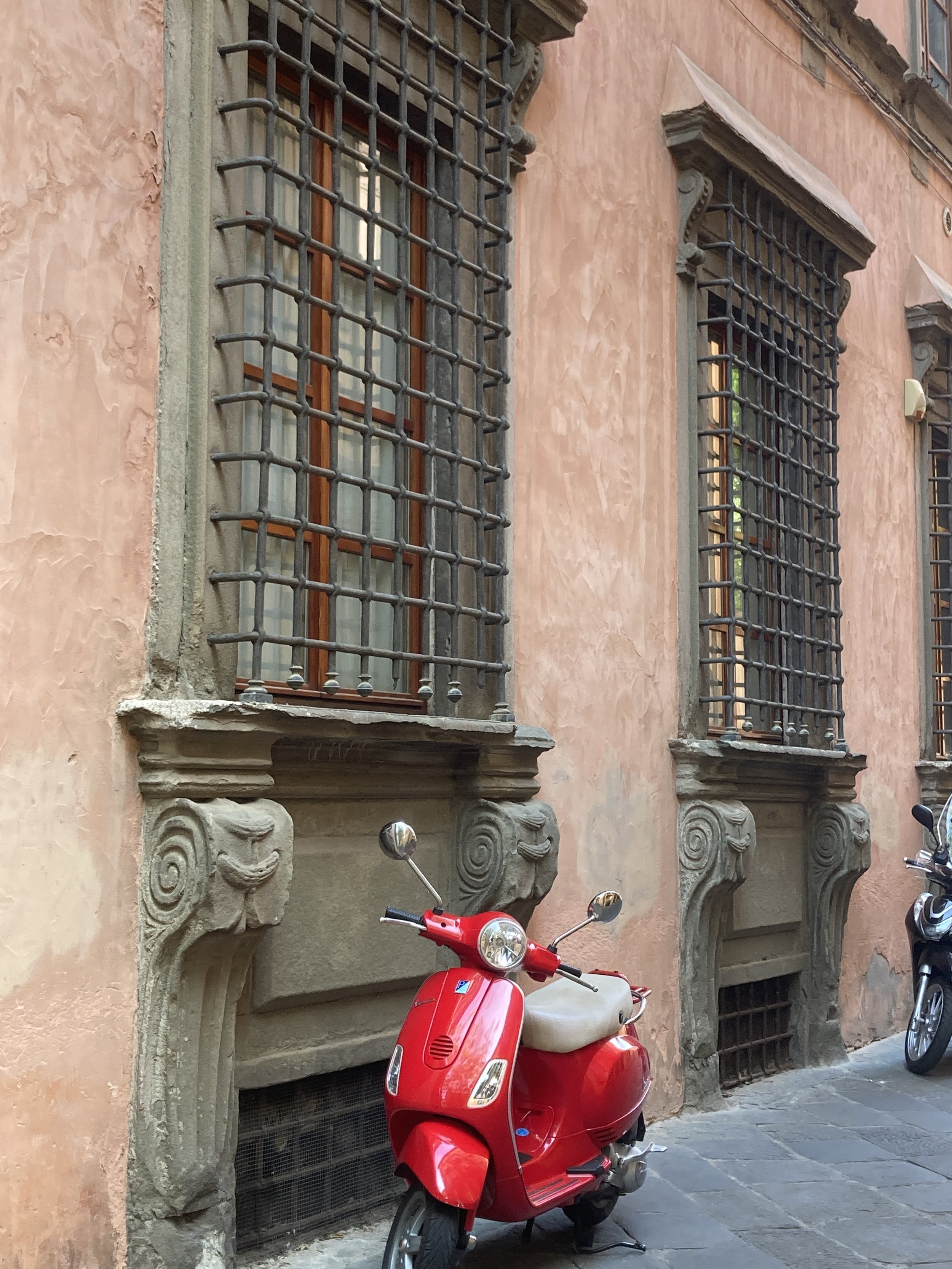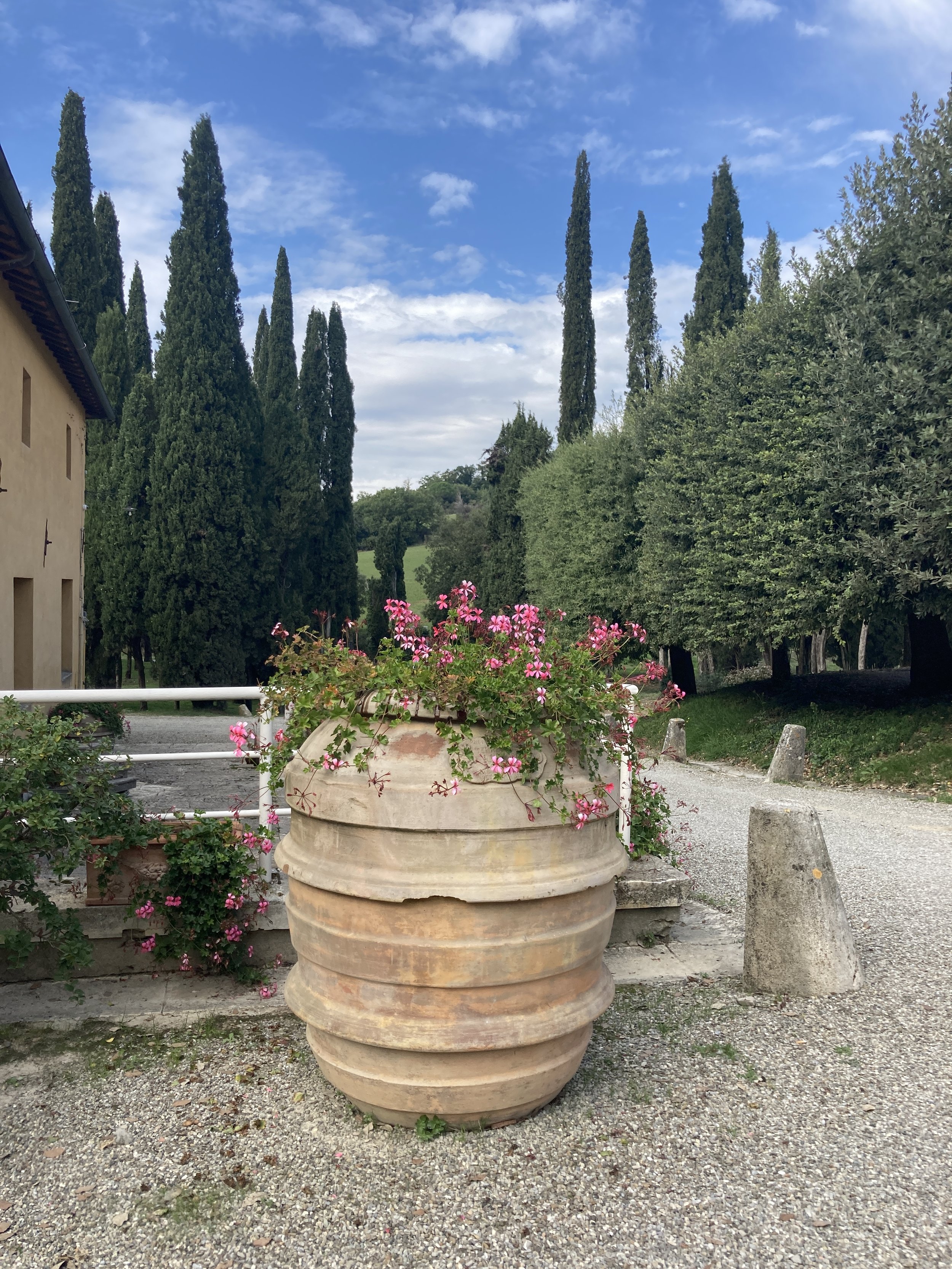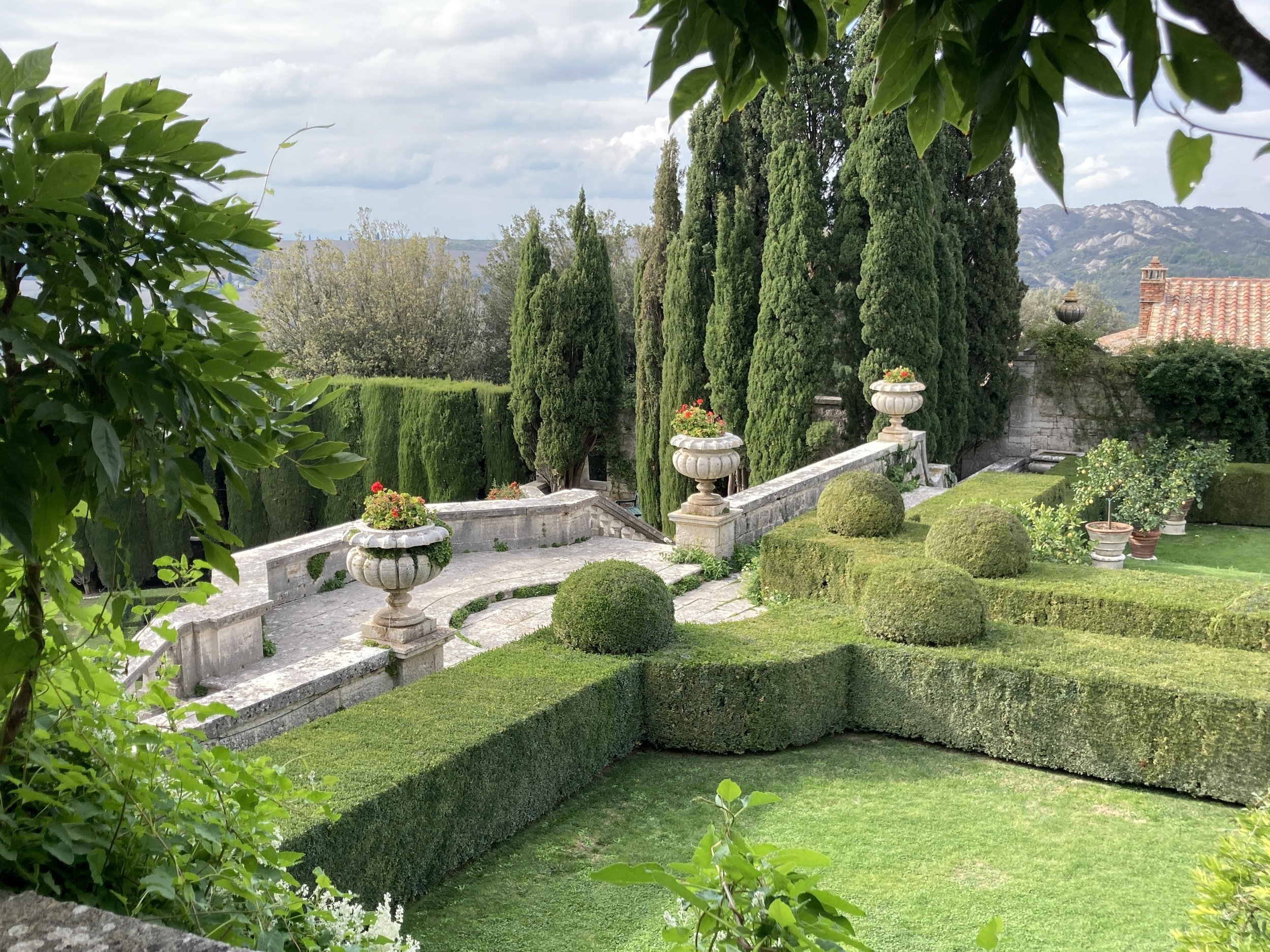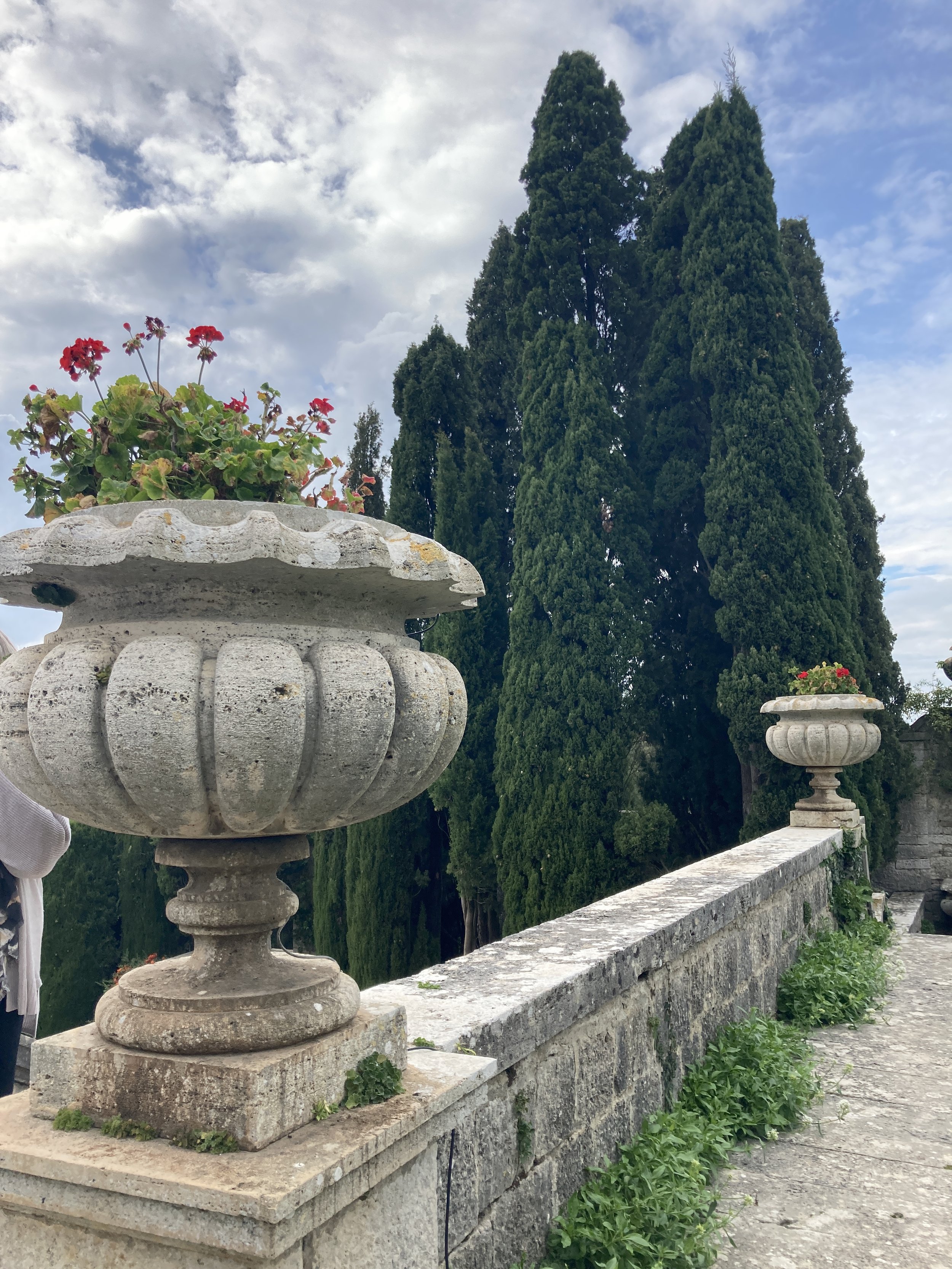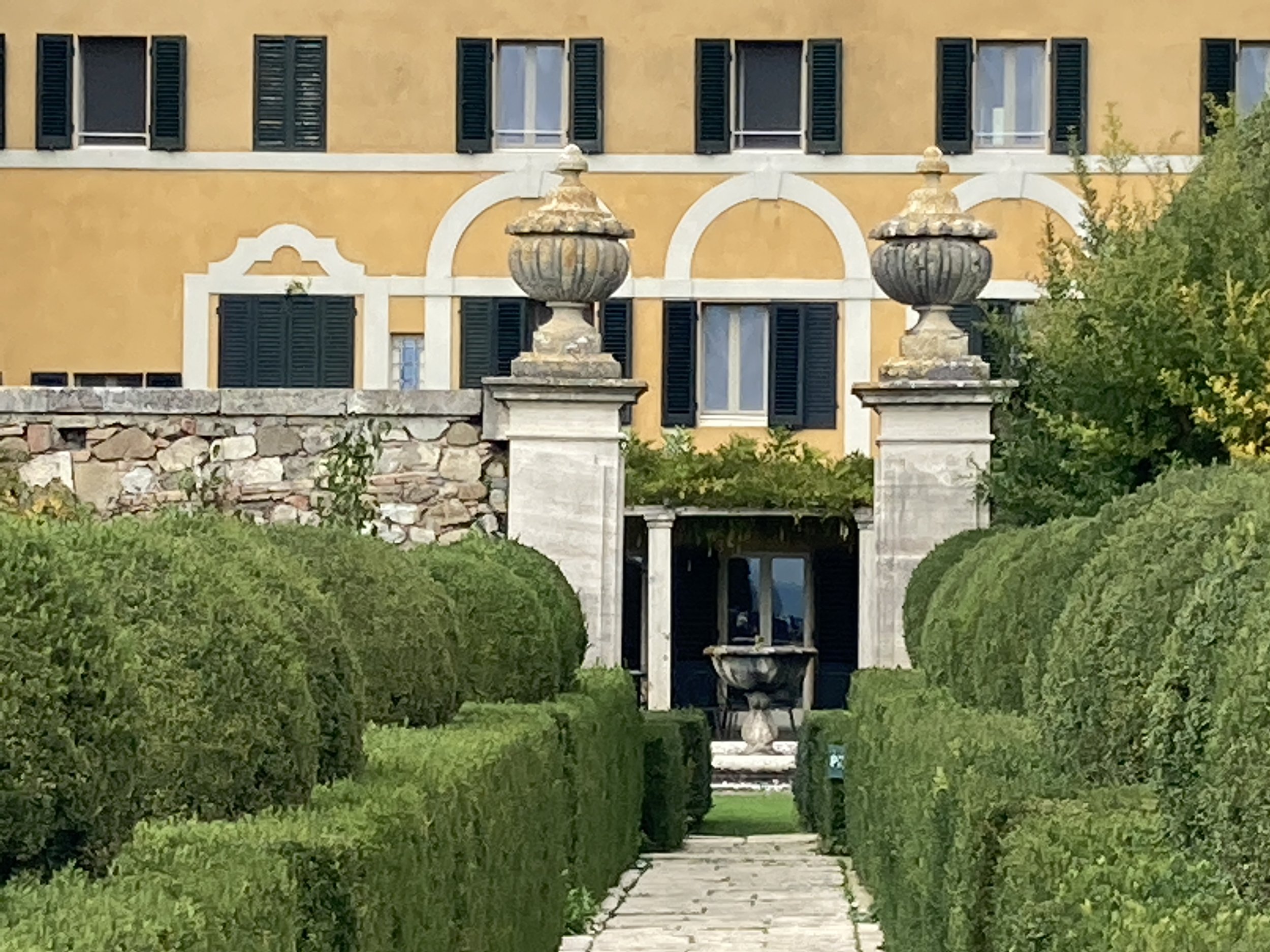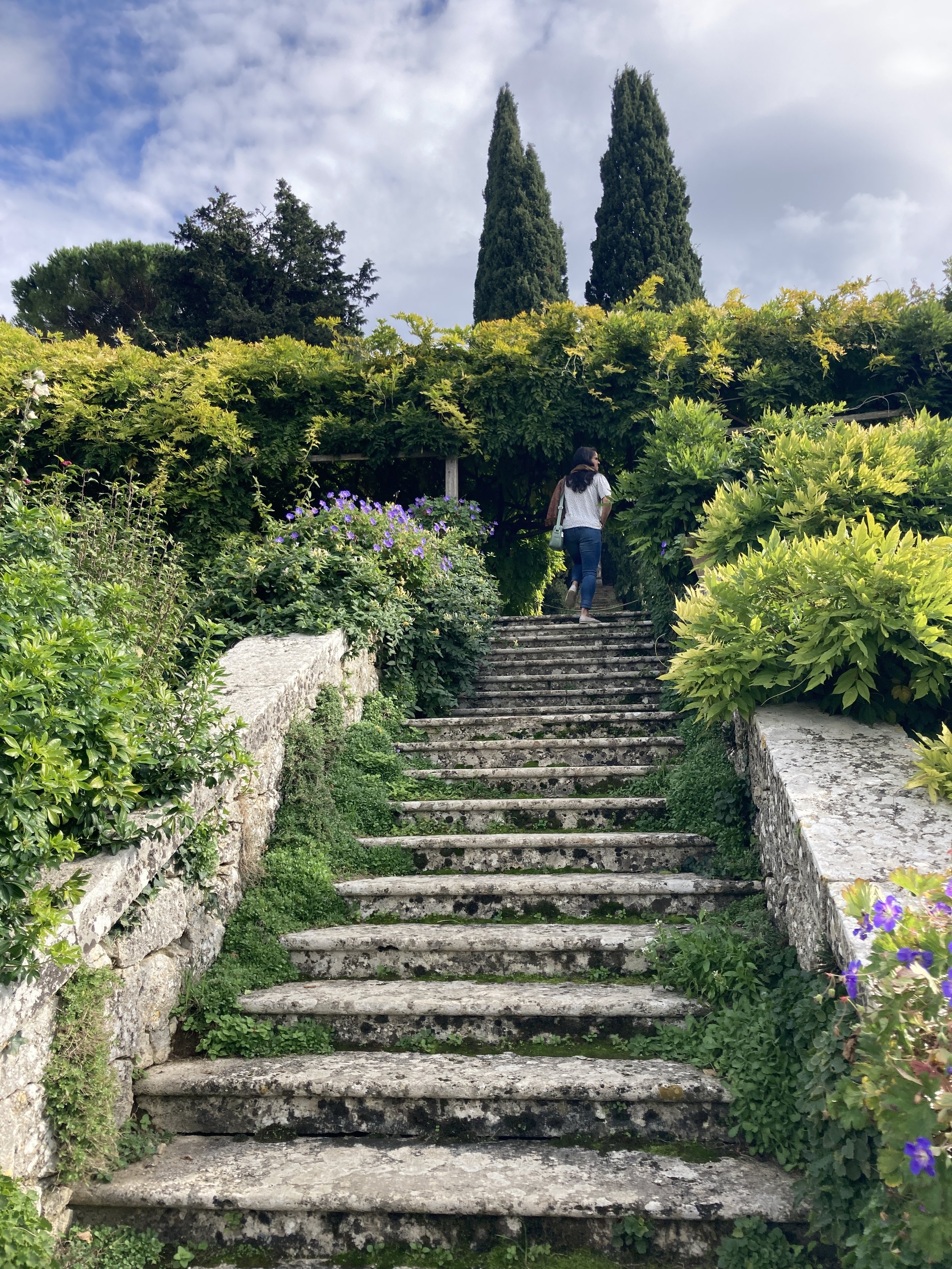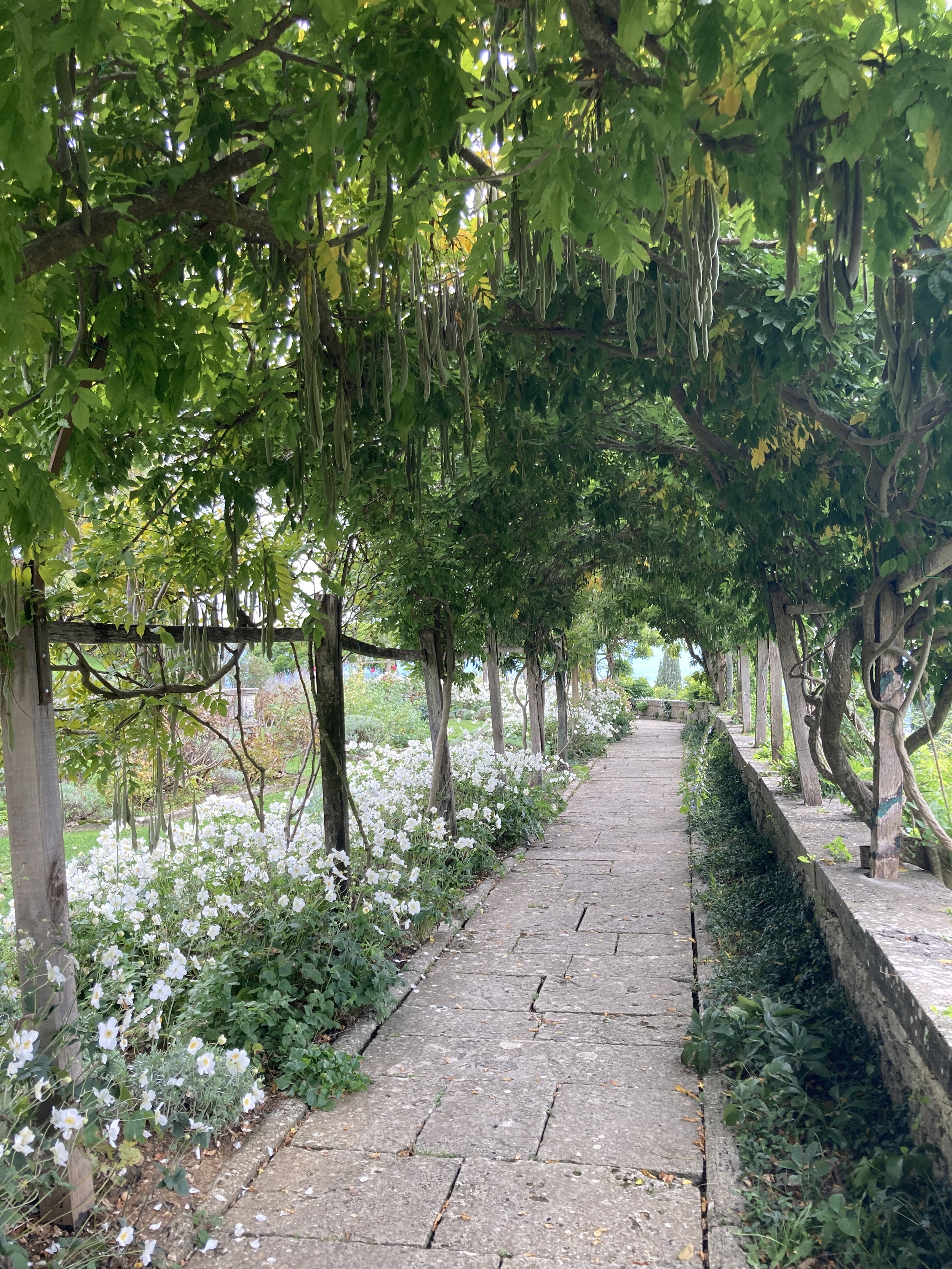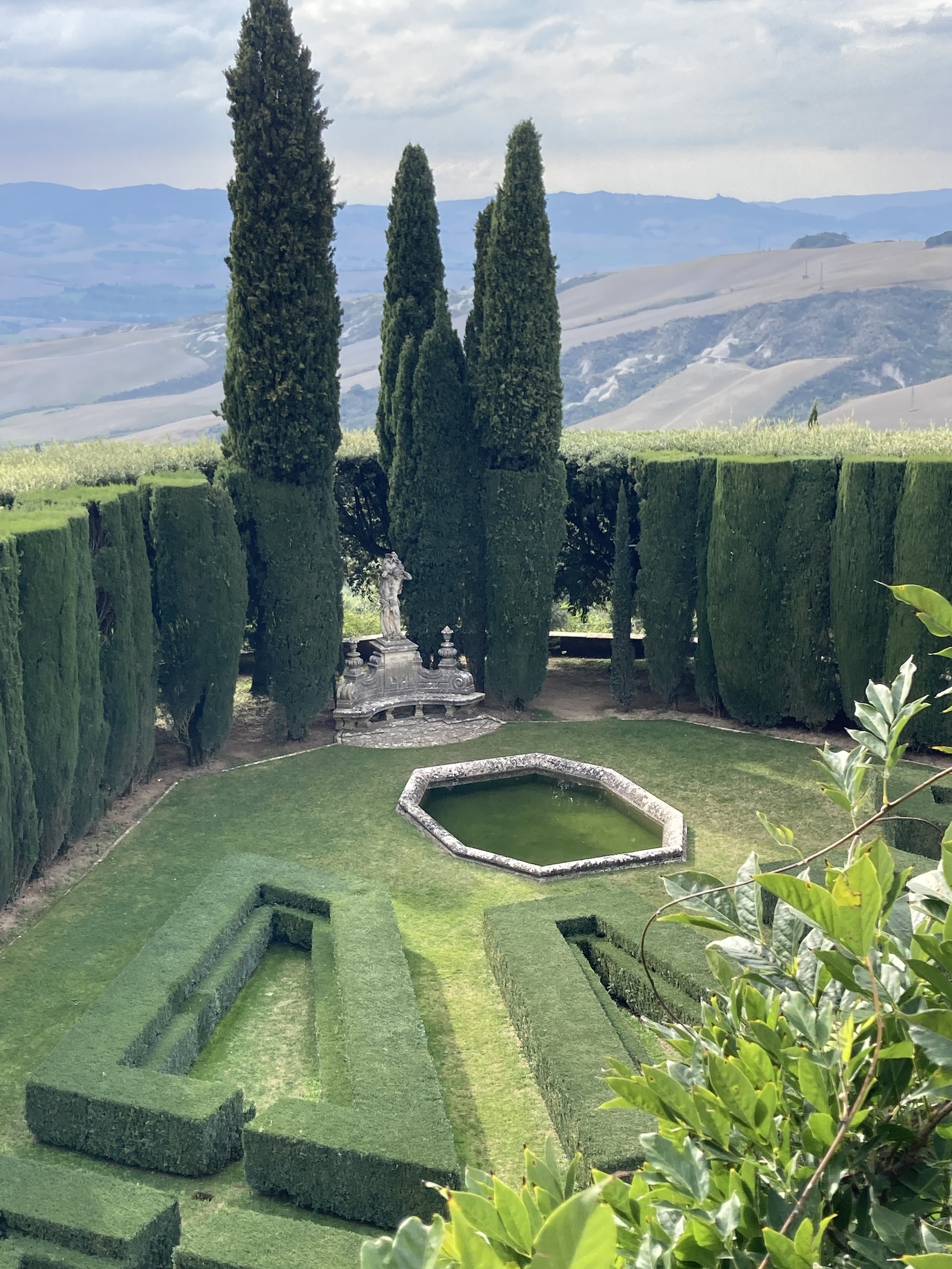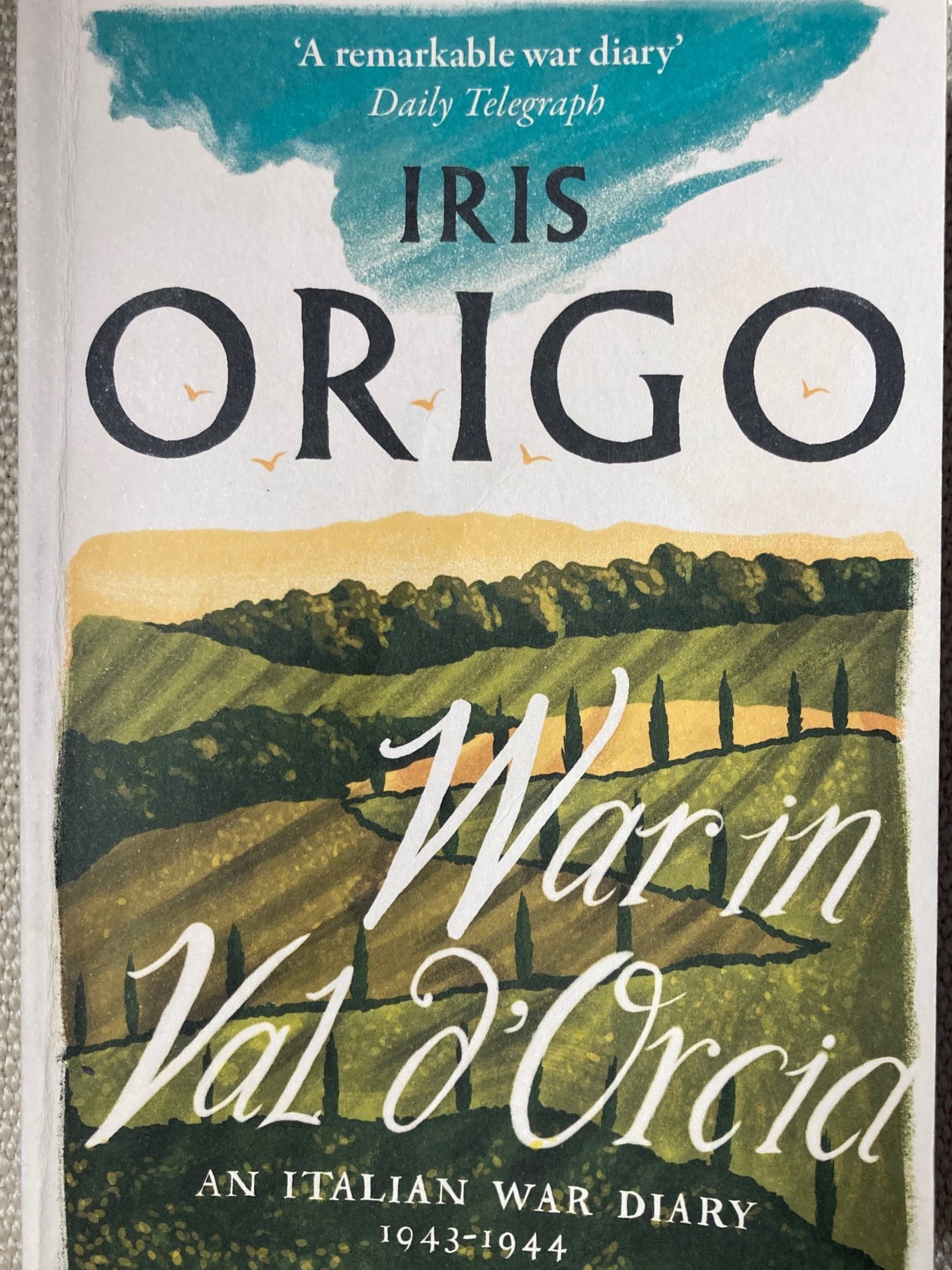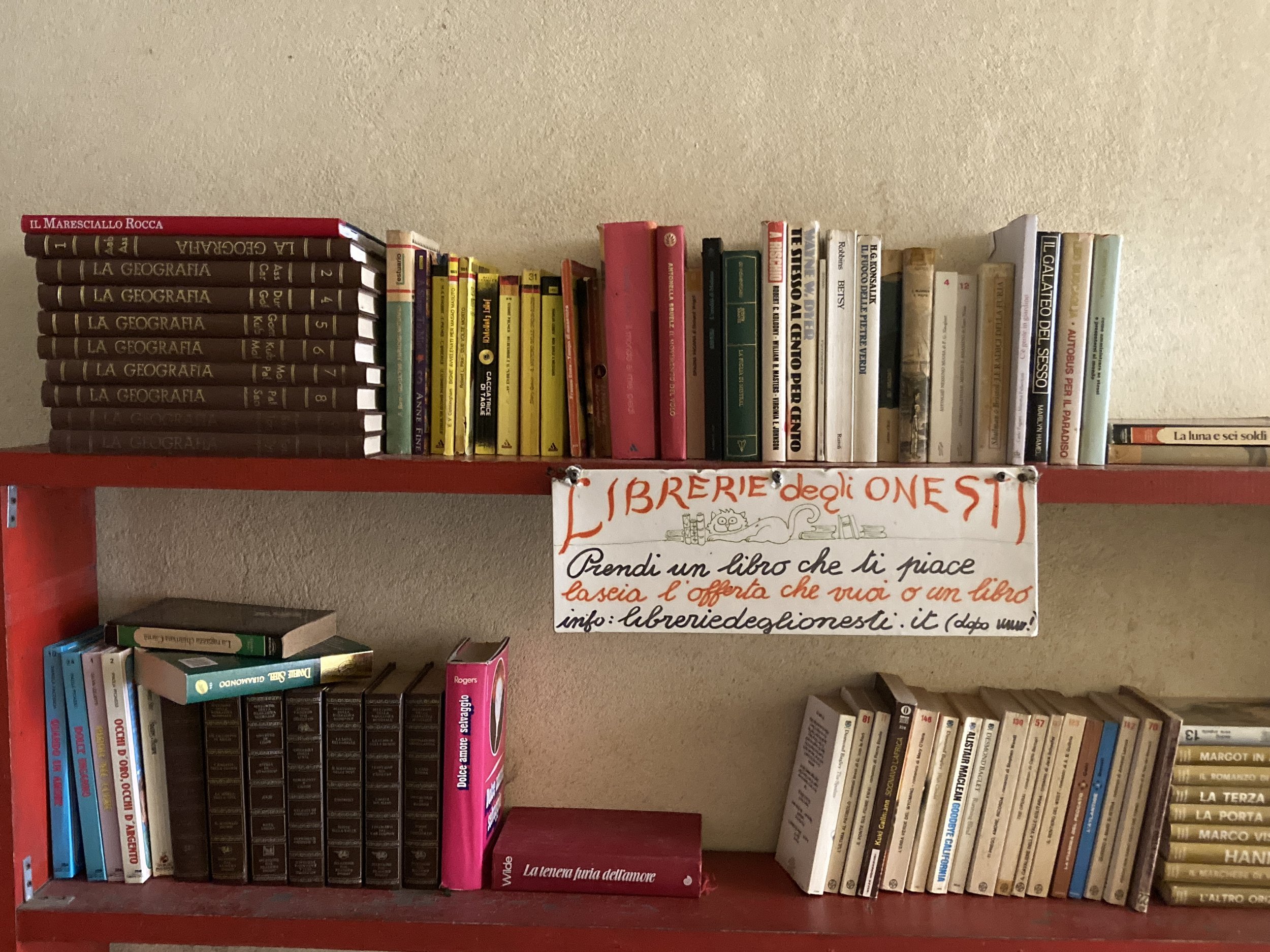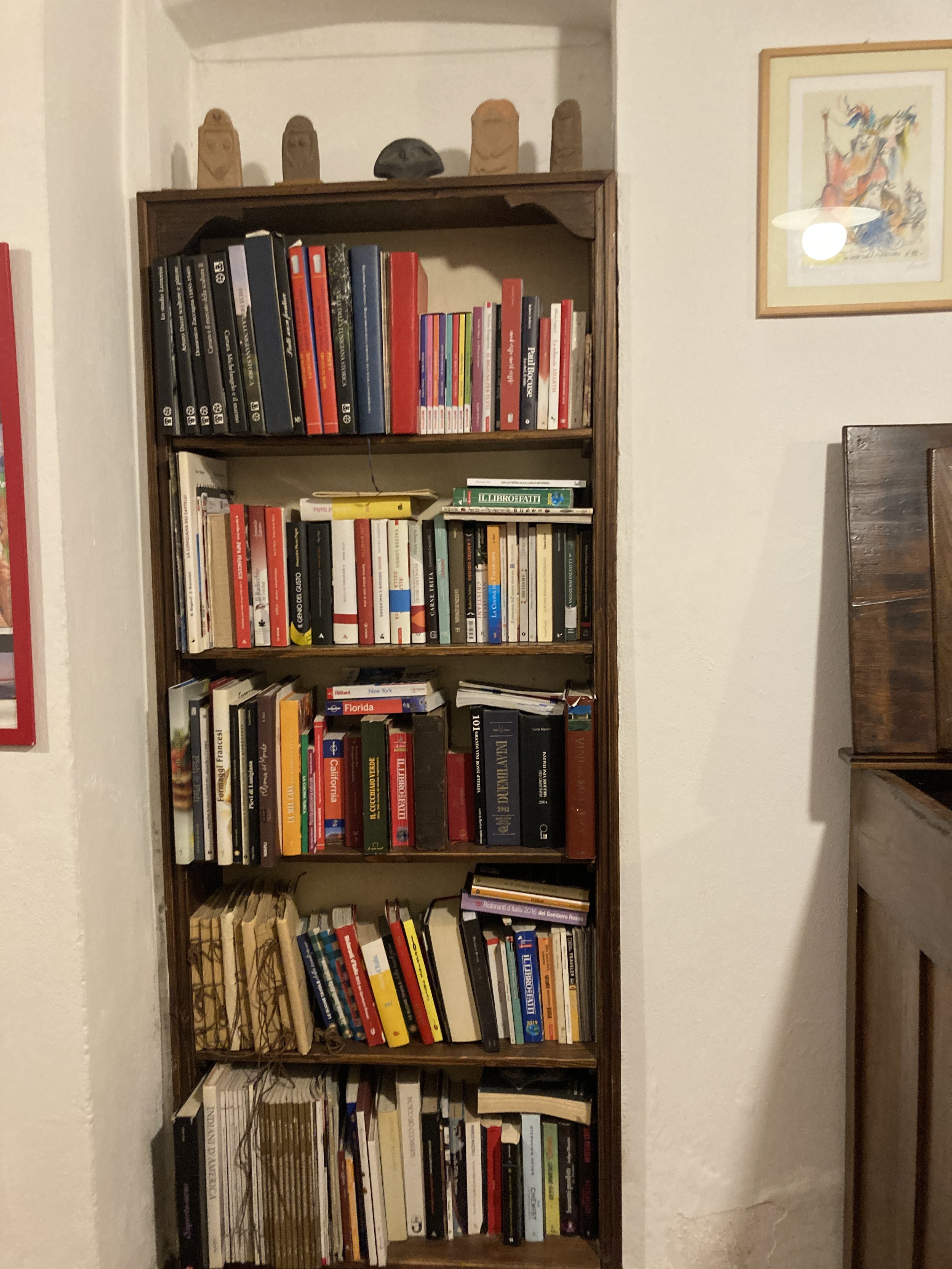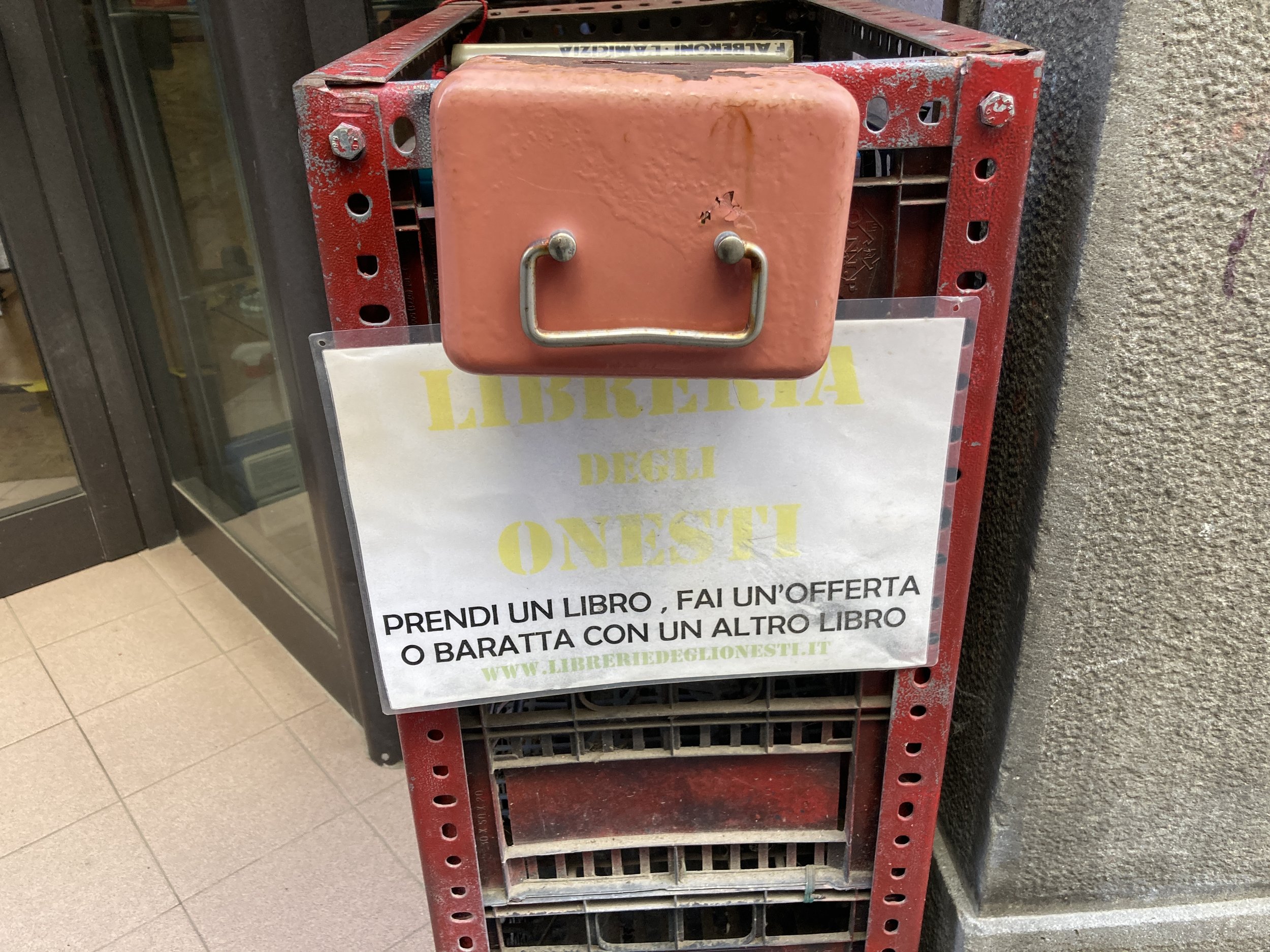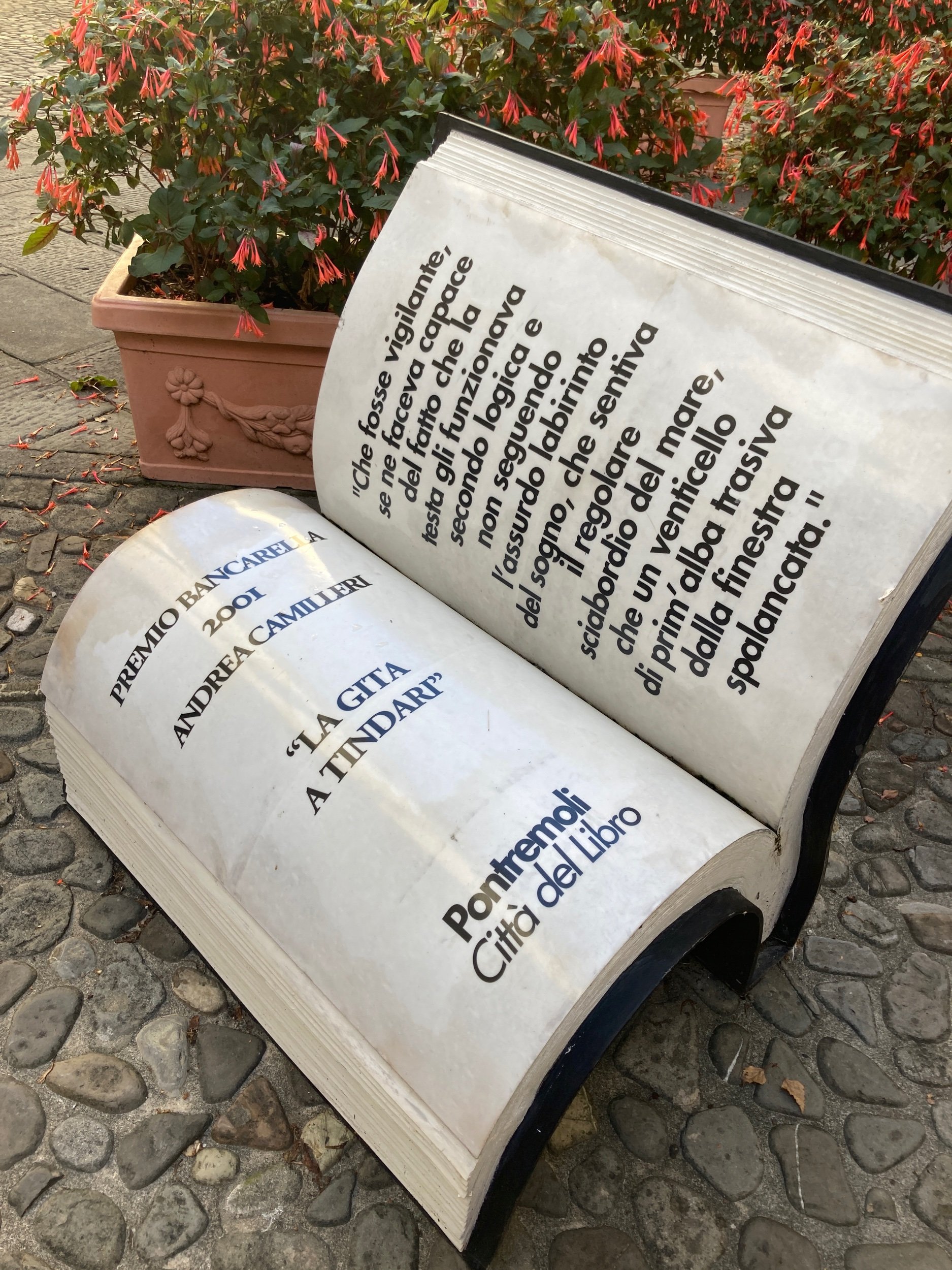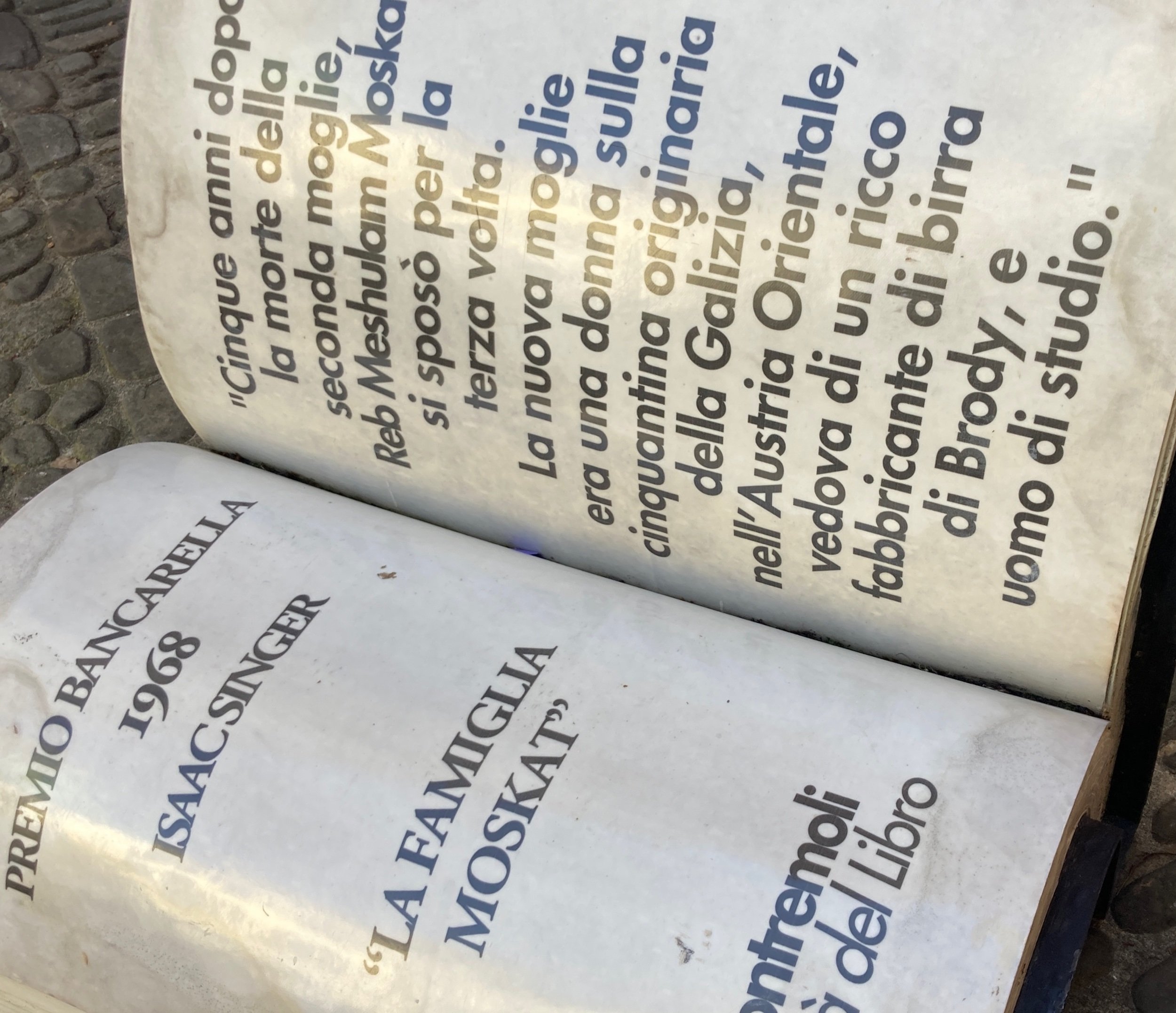An Italian June in Photos
Finally, the first week of summer has arrived.
In Italy that means the start of warm humid weather, blue skies, sunshine, picnics, and beach days. And lots of tourists.
(photos above taken along the Ligurian coast, near Levanto, Camoglie, and Rapallo, June 2019 & 2022)
Early summer mornings and evenings are perfect for leisurely stops in umbrella filled piazzas for morning coffee or an evening cocktail. A caffé shakerato, cold and foamy espresso, is the perfect mid-day jolt of caffeine. In the late afternoon and evening, the tables in the piazzas are sure to glow with glasses of the bright orange summer drink that seems to be everywhere - the Aperol Spritz. Slightly bitter and sparkling with Prosecco, the spritz is quintessential summer in Italy.
June also means wonderful fresh fruits and vegetables displayed like art in the markets.
Summer also means flowers on doorsteps and balconies and on the terraced hillsides. In June there is color everywhere you look.
And let us not forget gelato! Whether in the city or in a little beach town, it isn’t summer without gelato. Equally refreshing is a granita made with fresh fruit. The best granita I’ve ever eaten was made with ripe mango and was enjoyed along the harbor in Camoglie last summer. I can almost taste it still.
Do you have some June in Italy photos? If so, please share them on the Two Parts Italy Facebook page. Give us all more inspiration to plan a June vacation in Italy!

